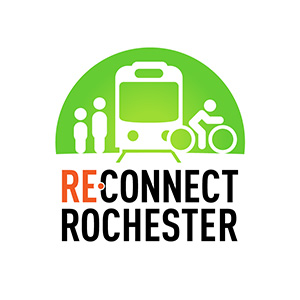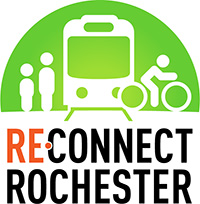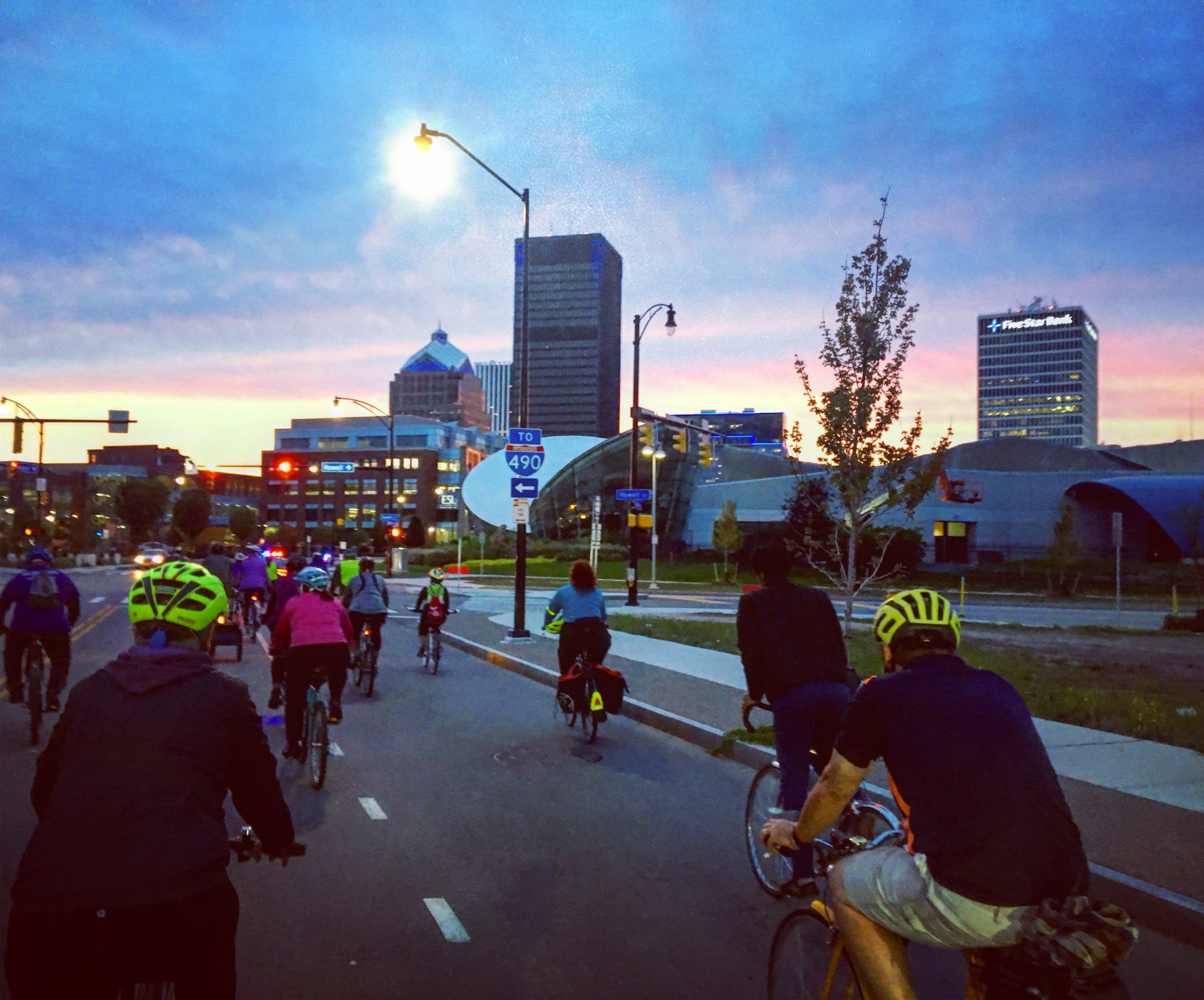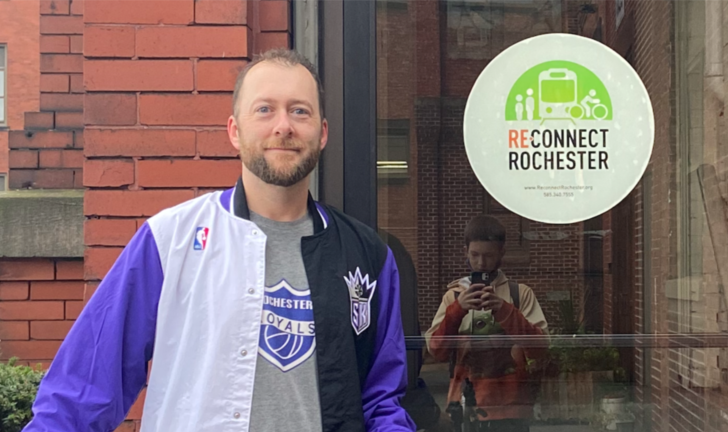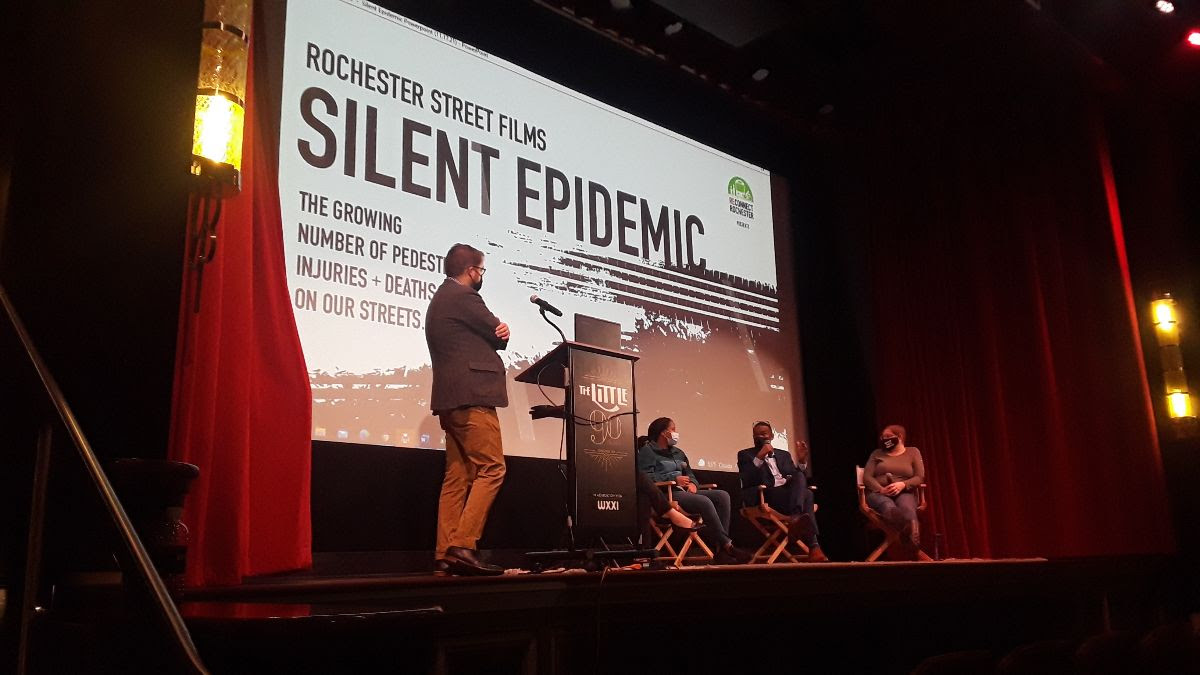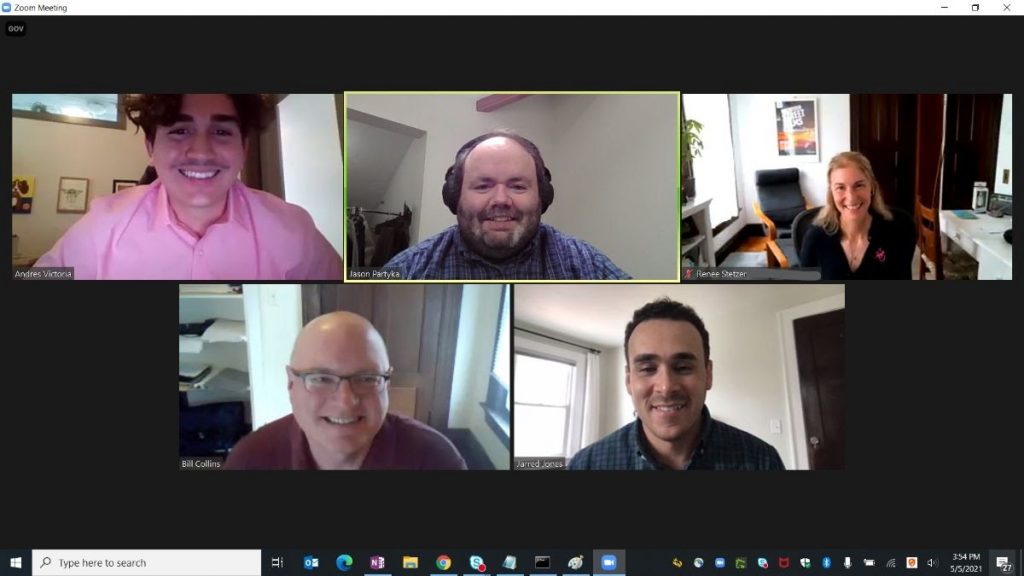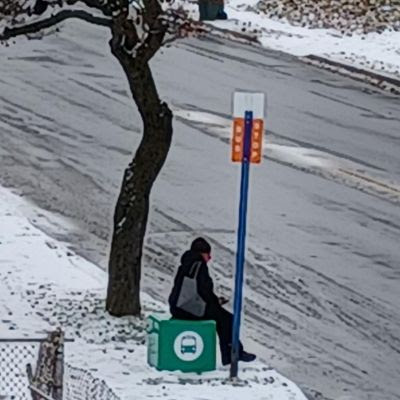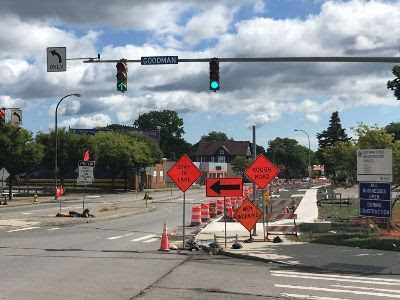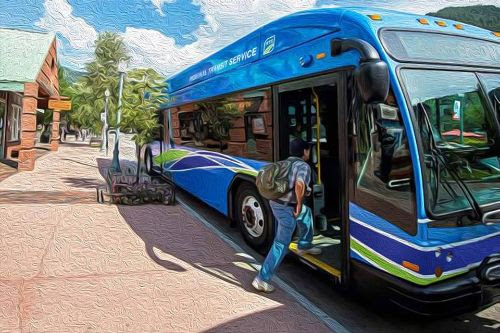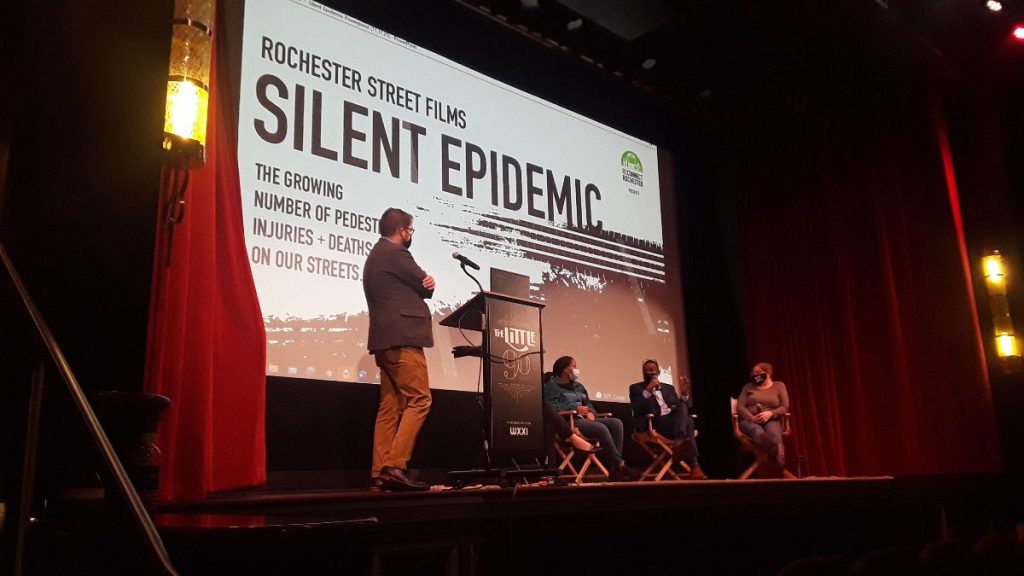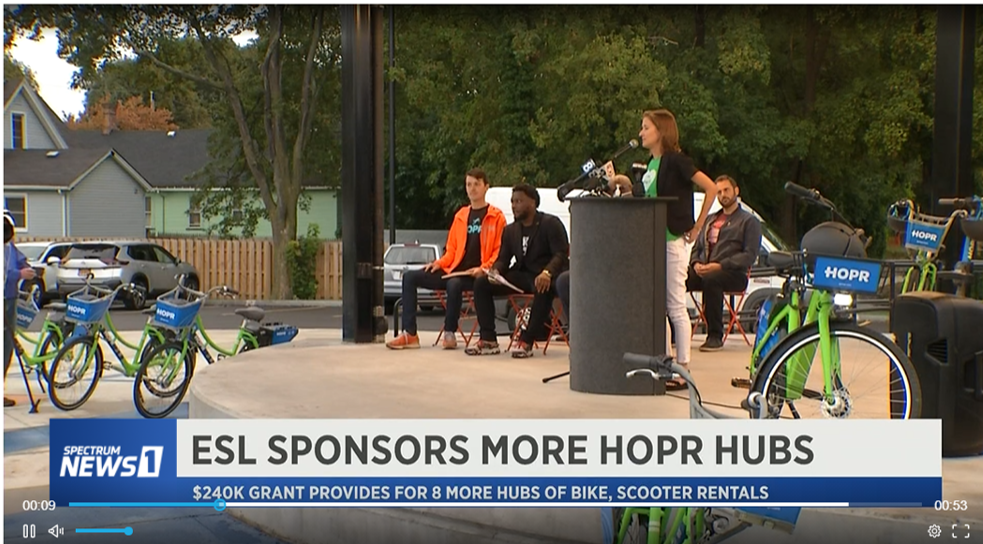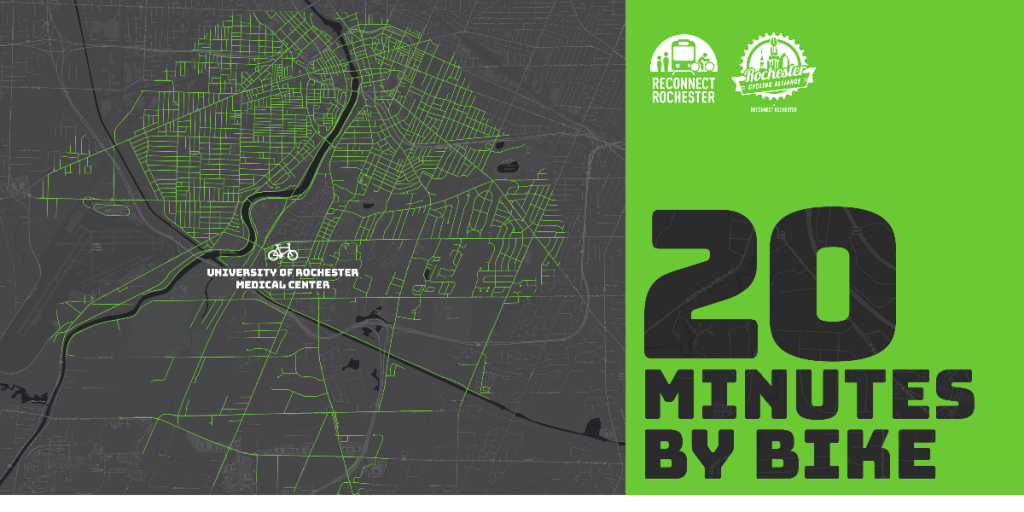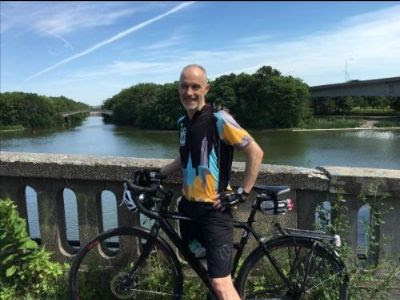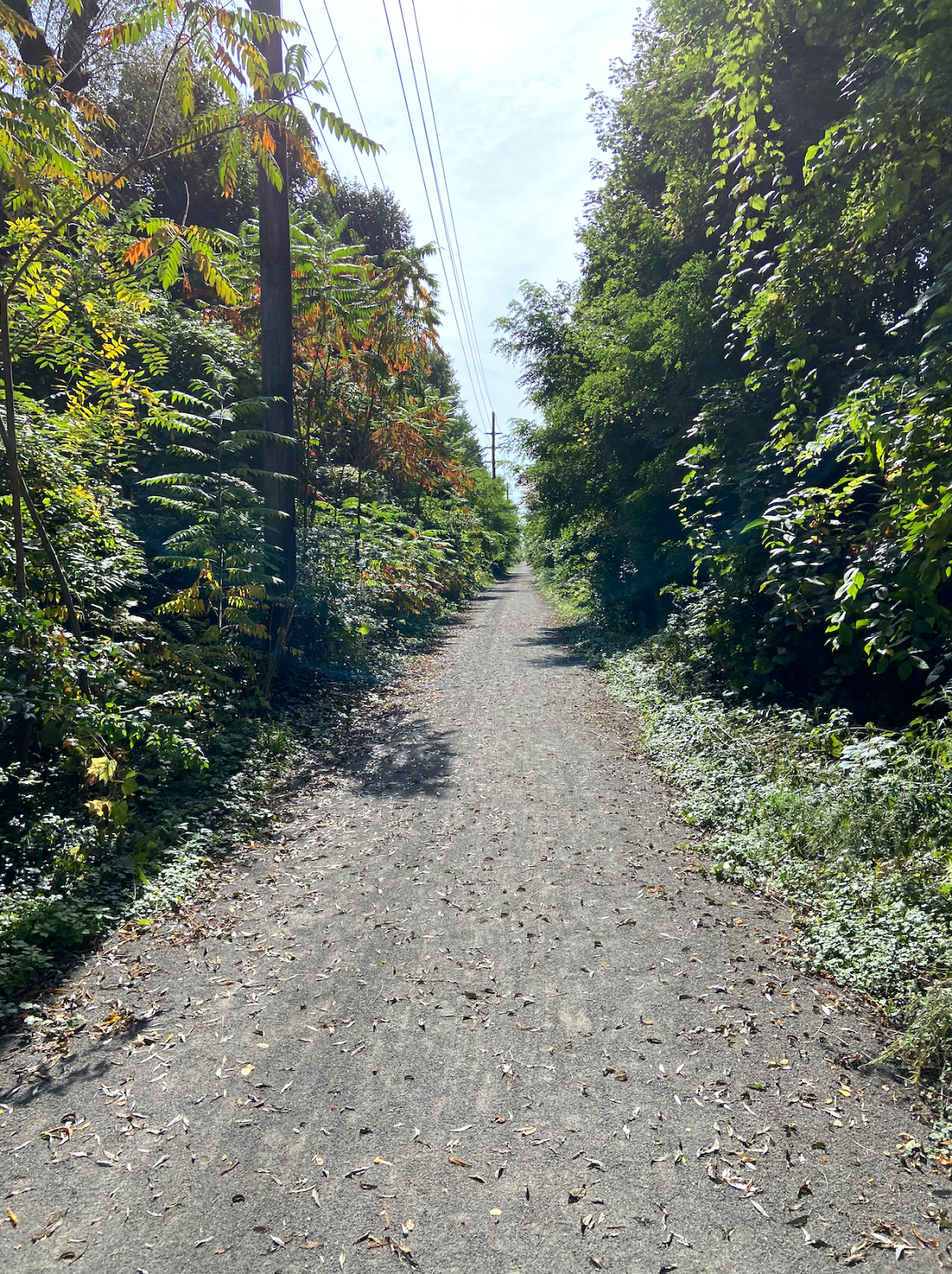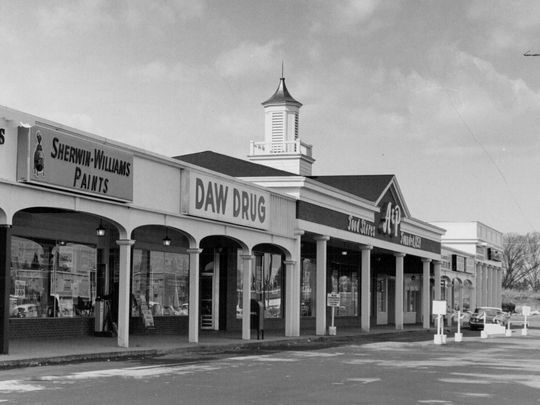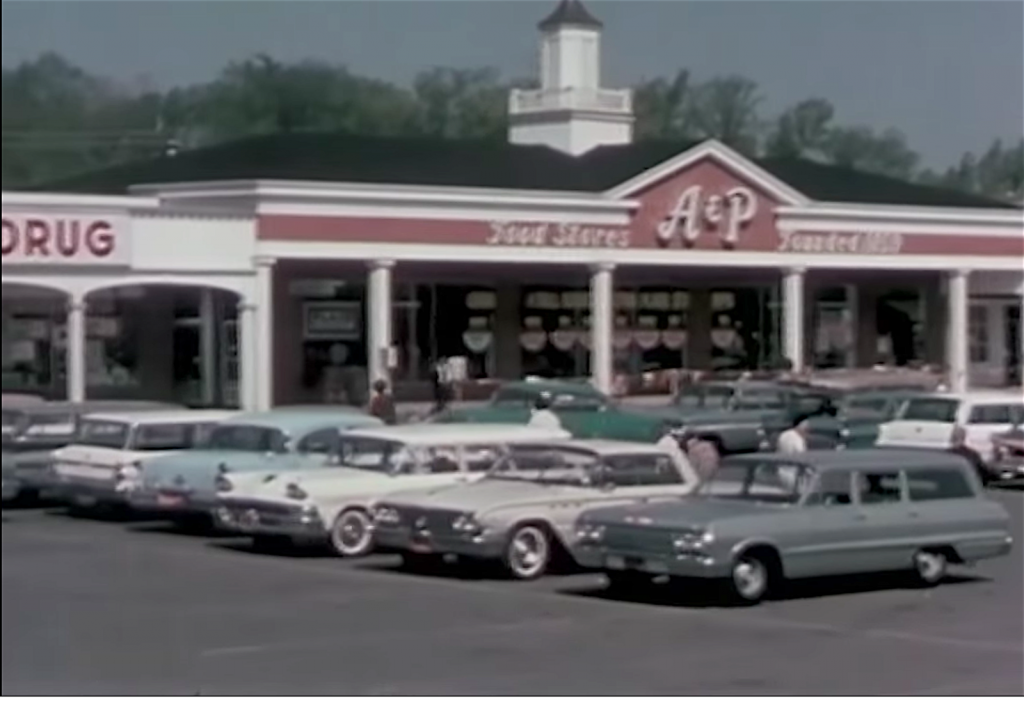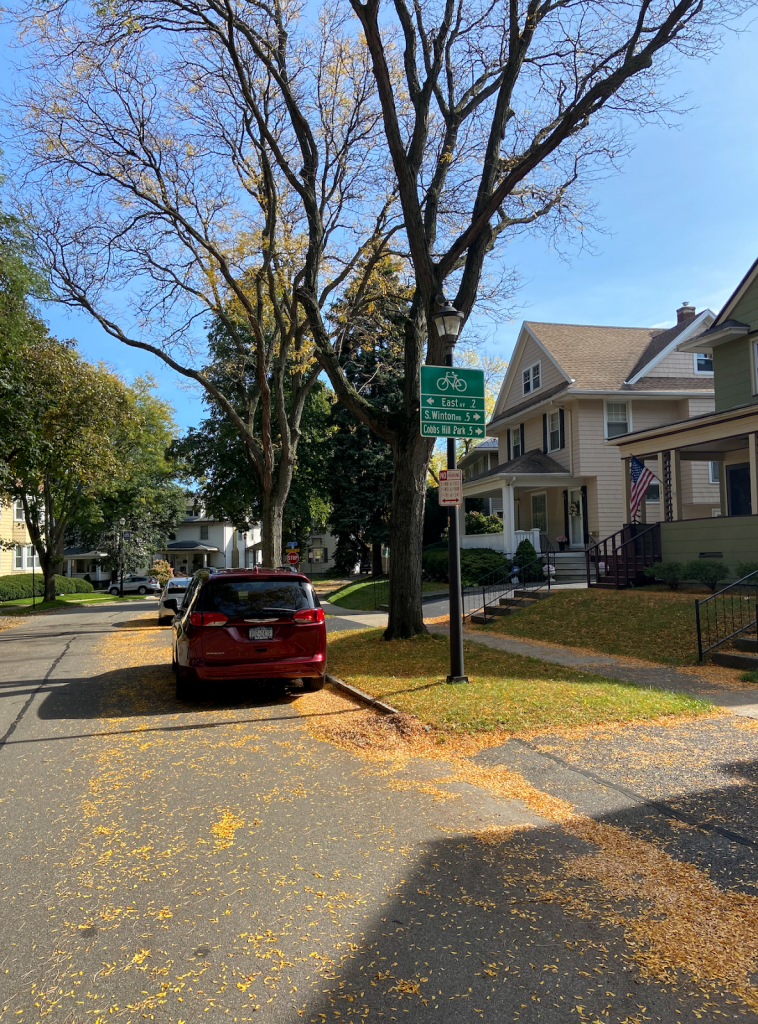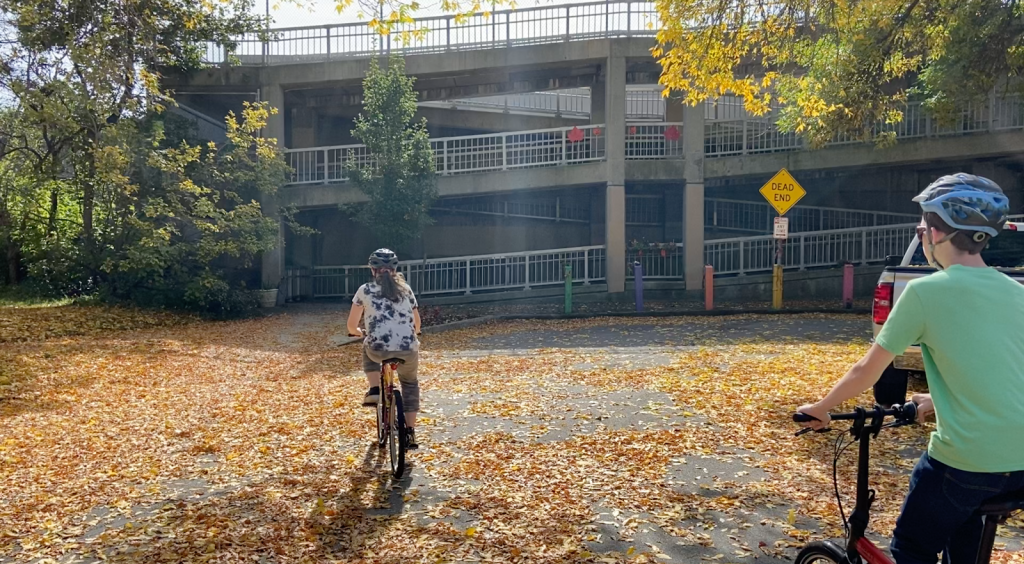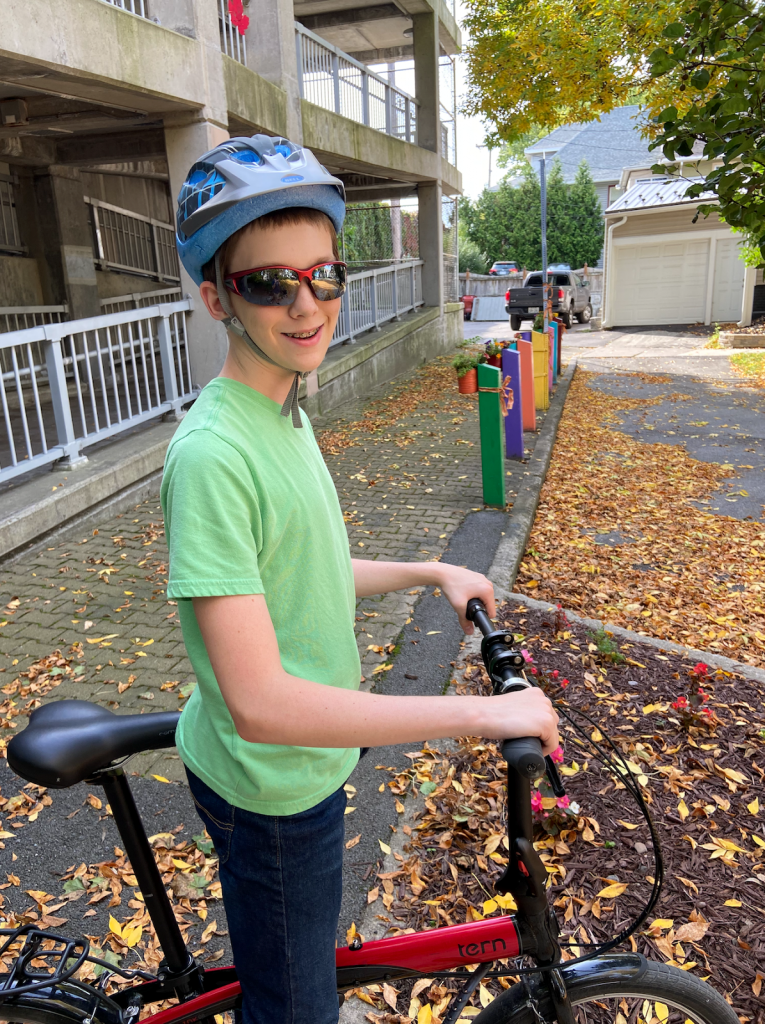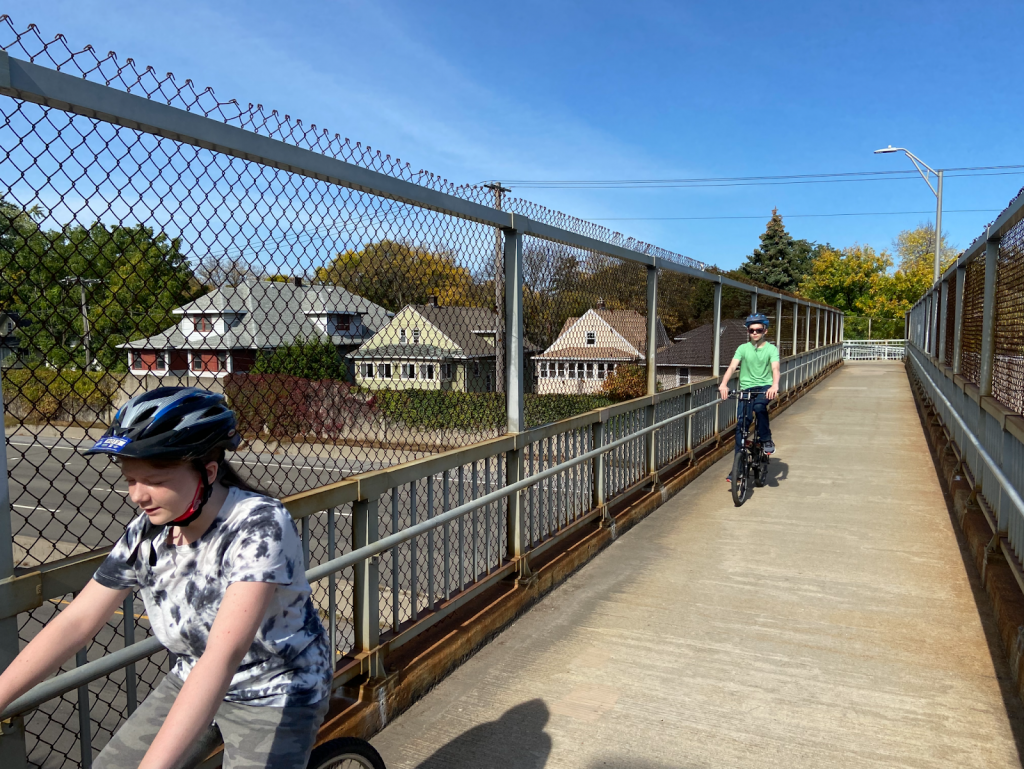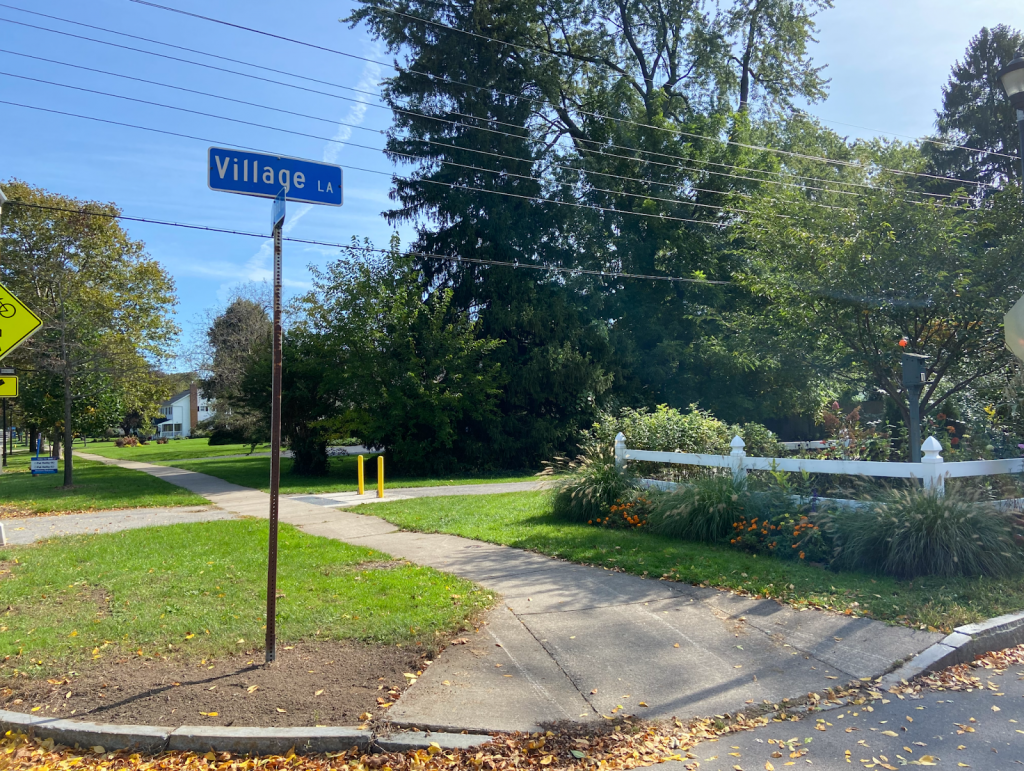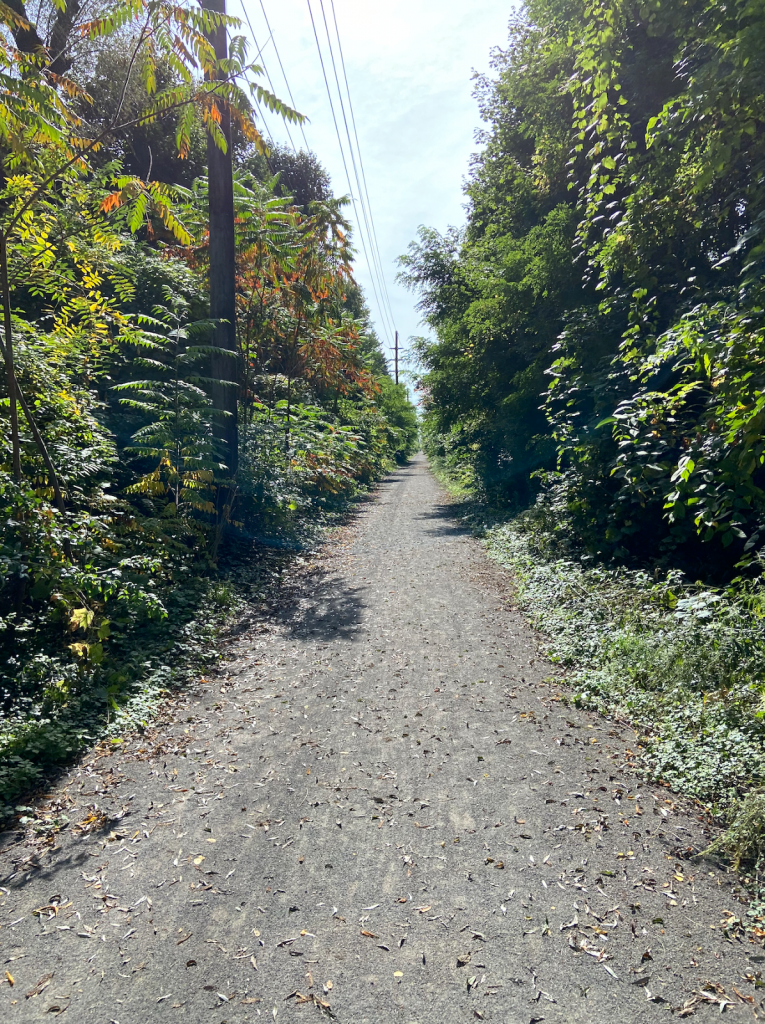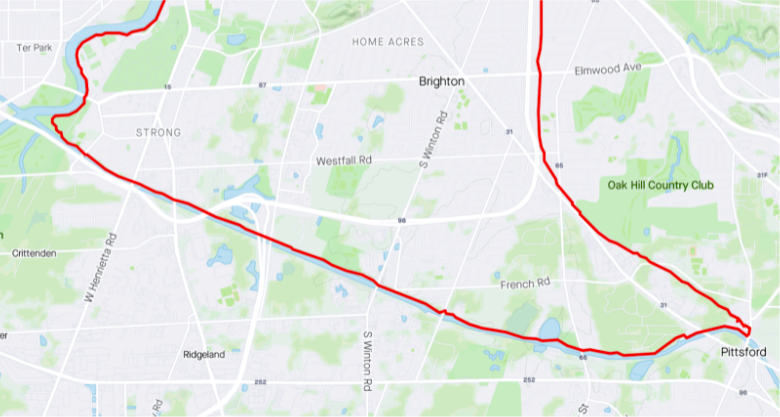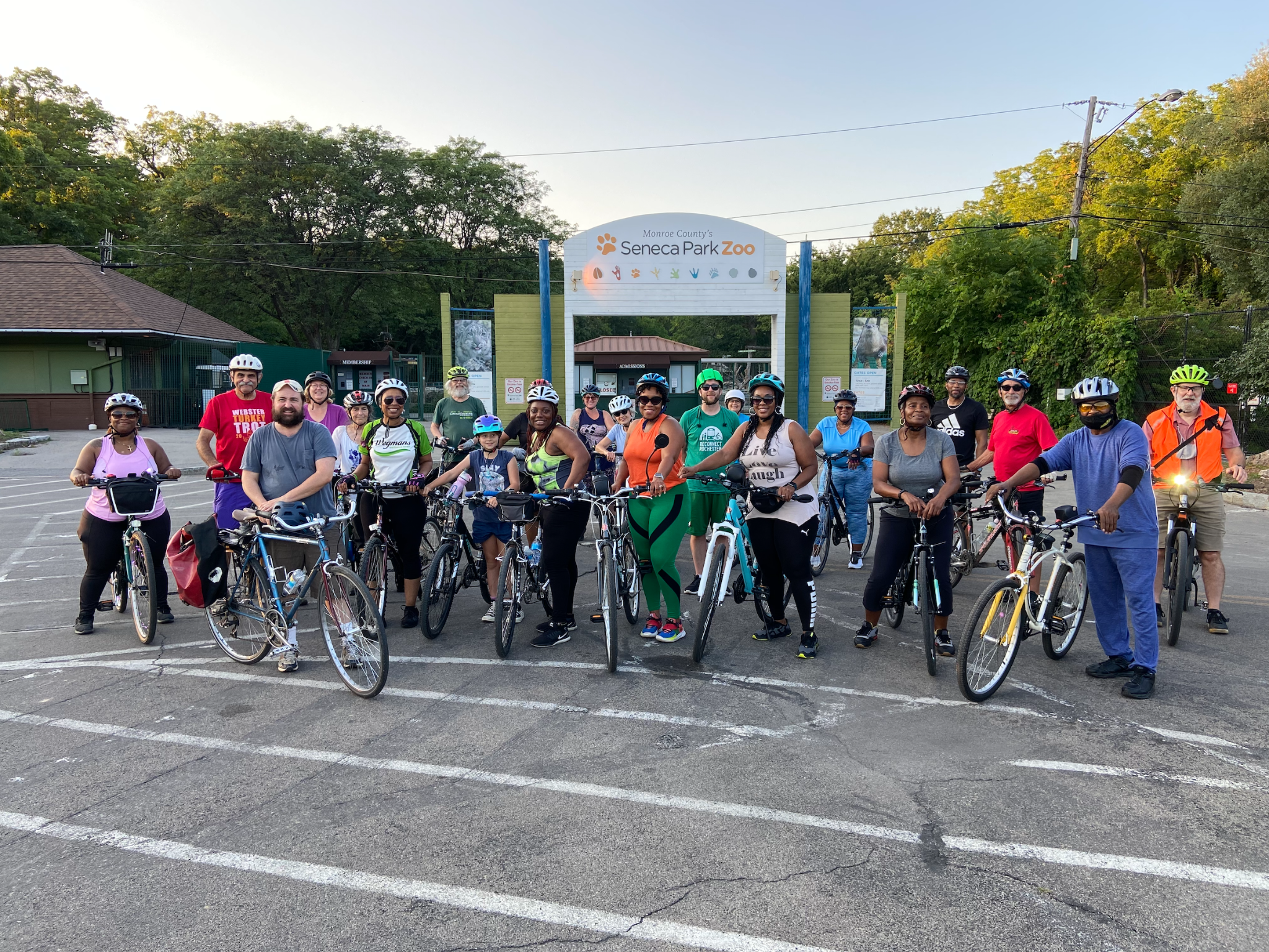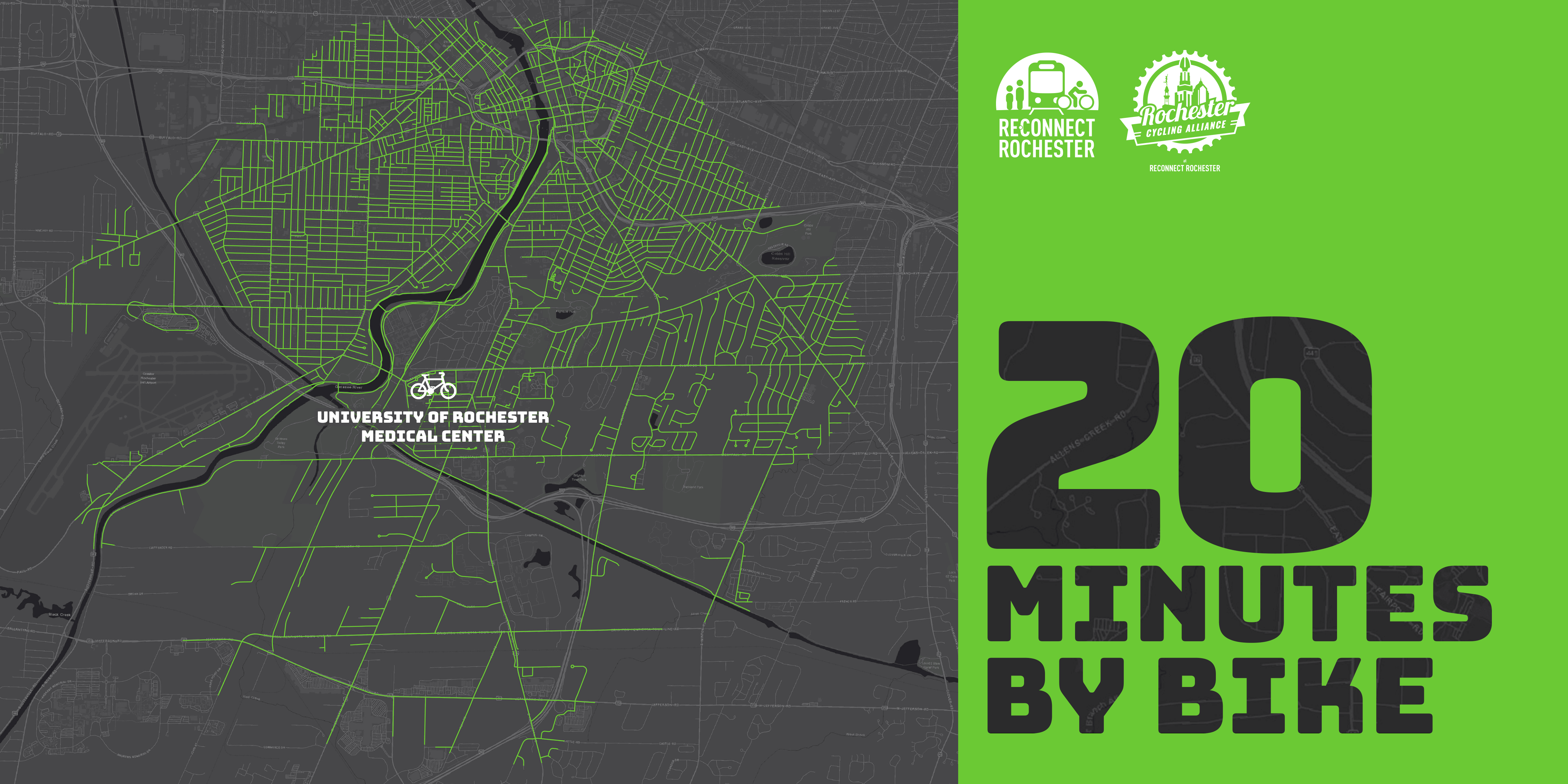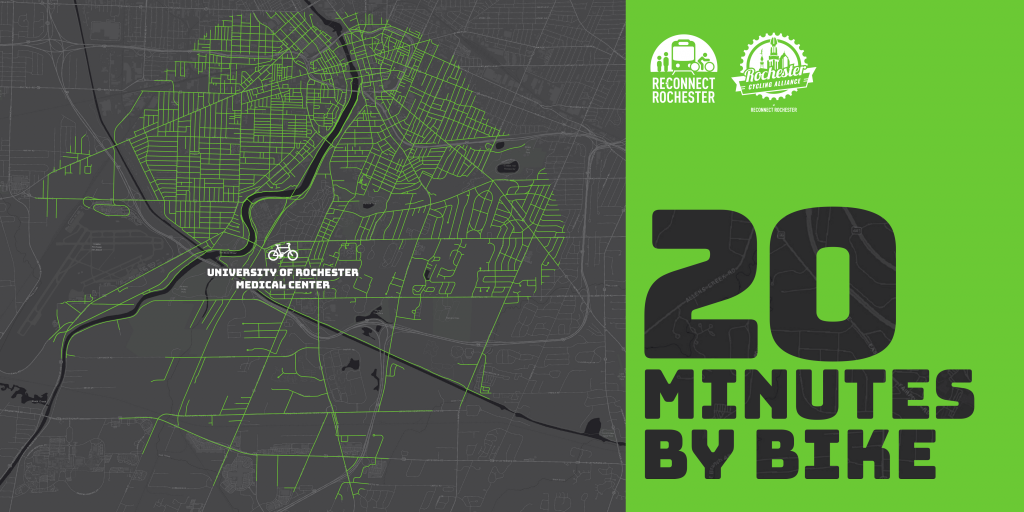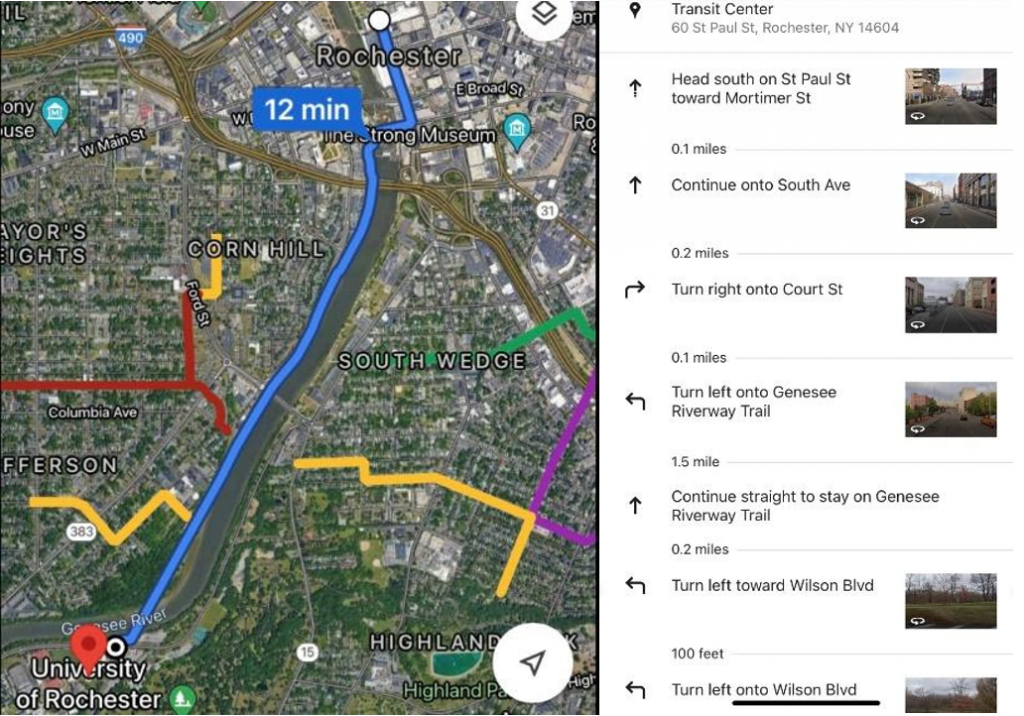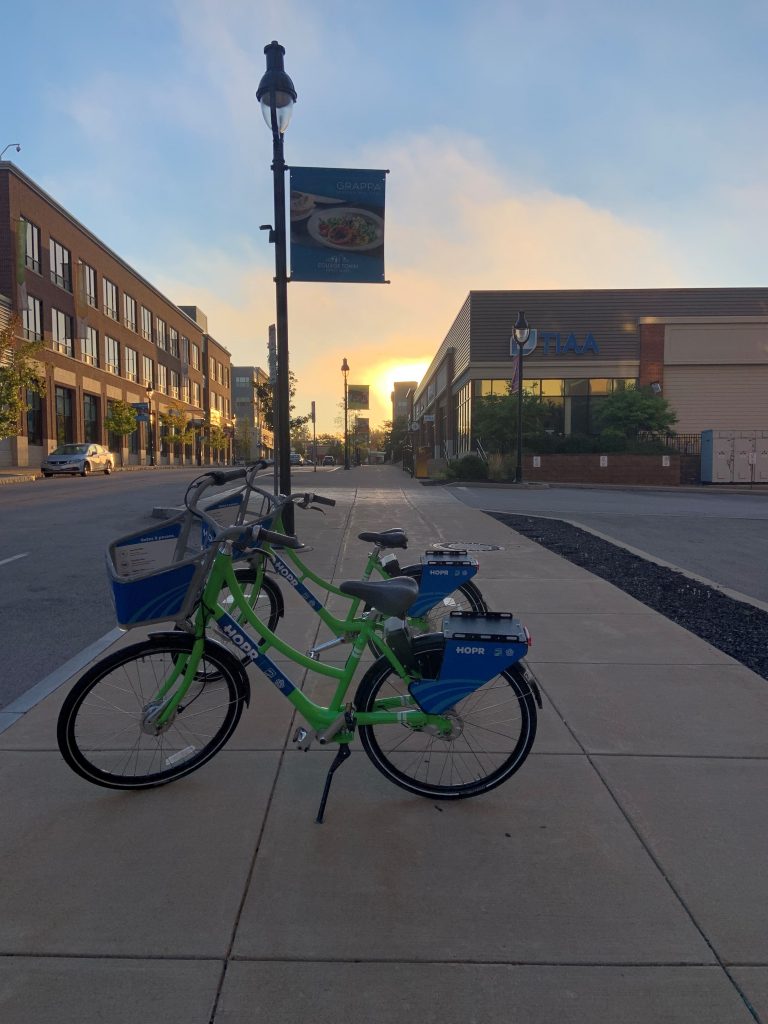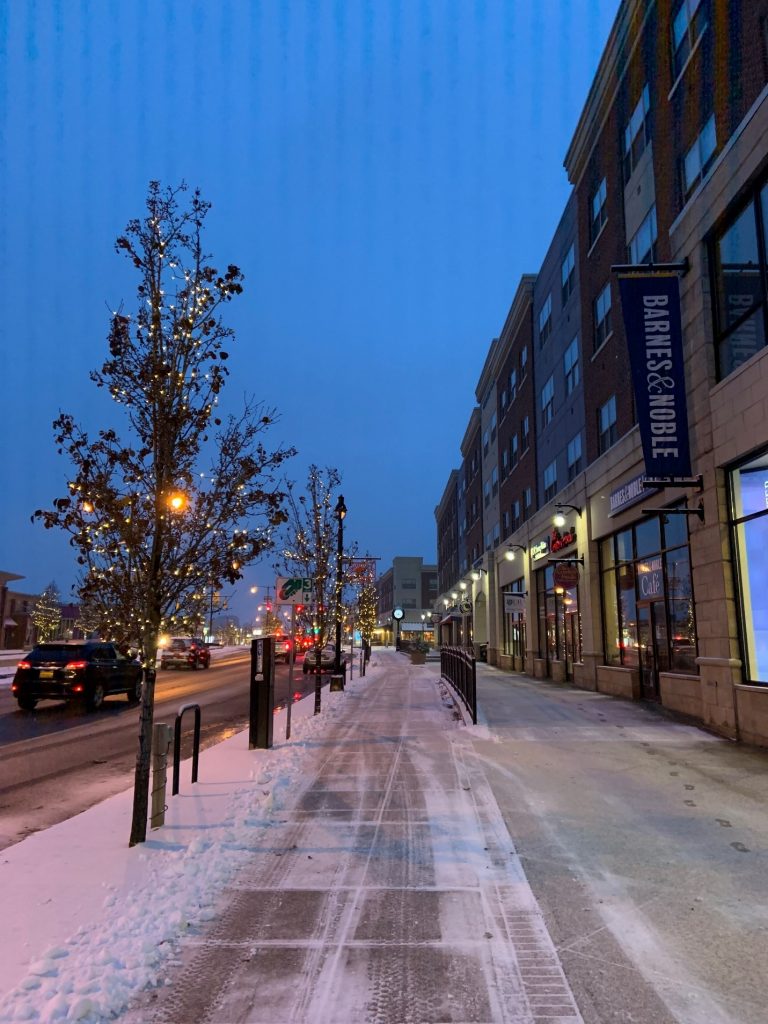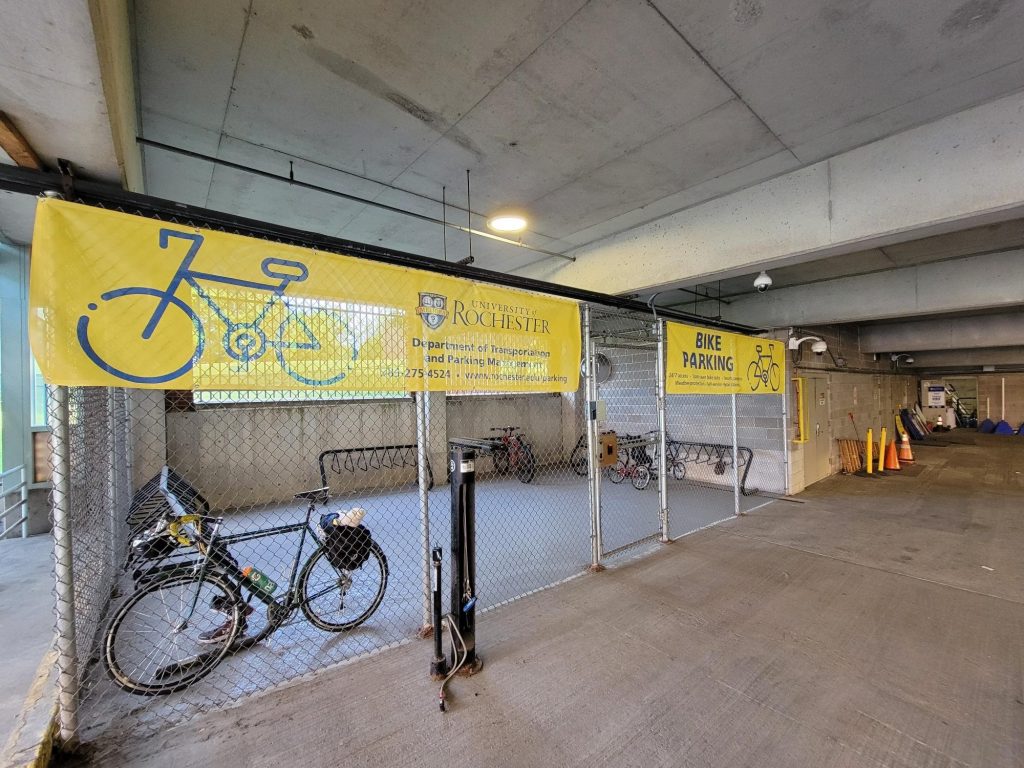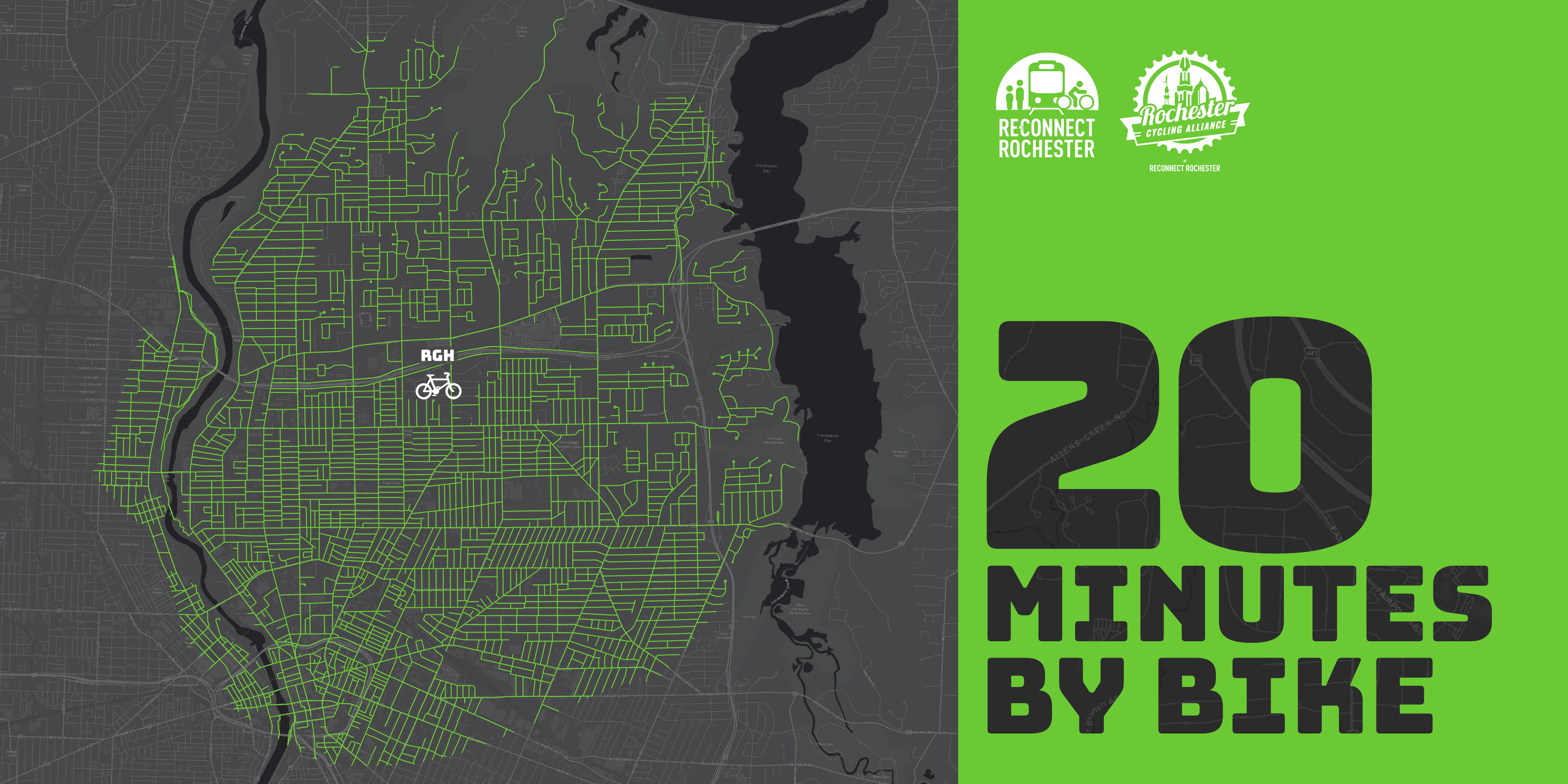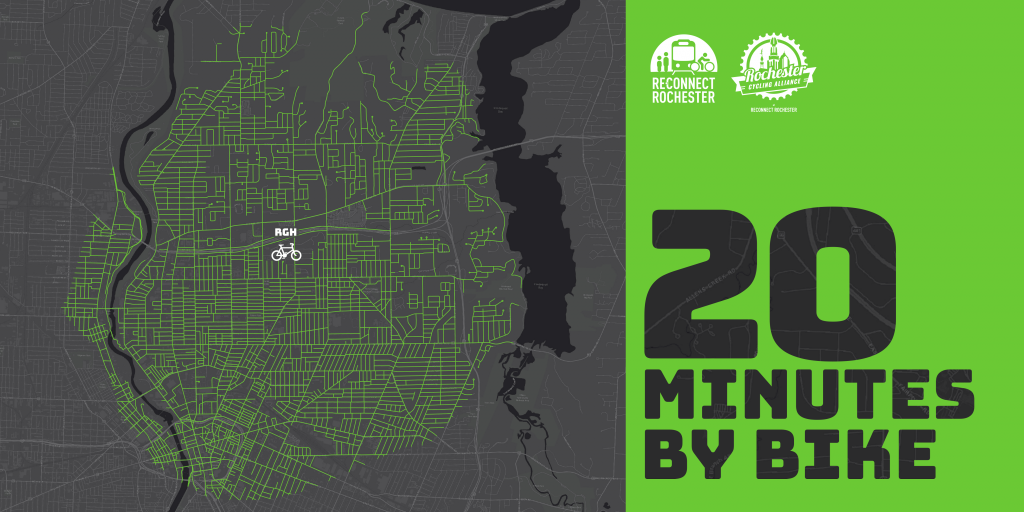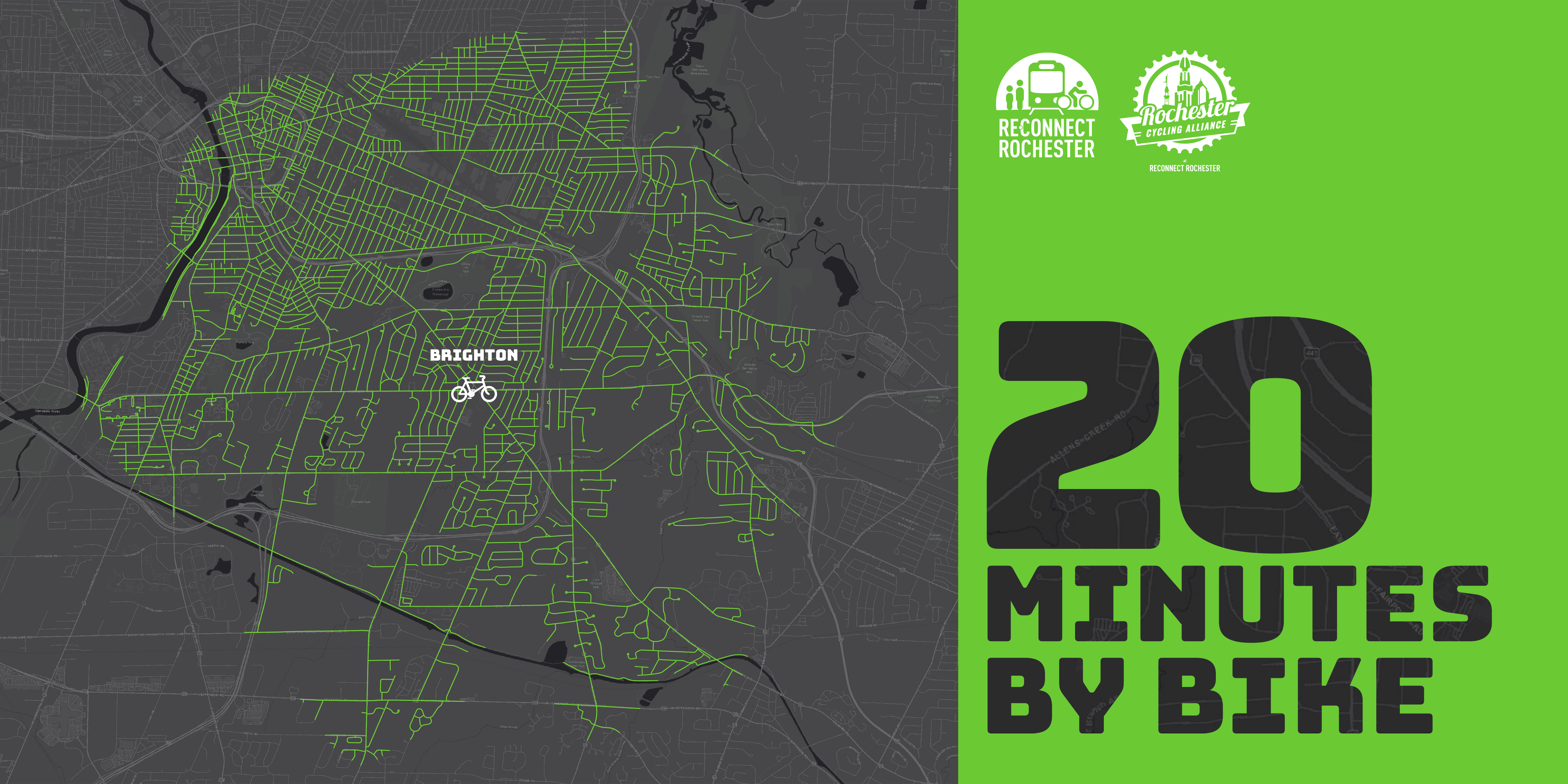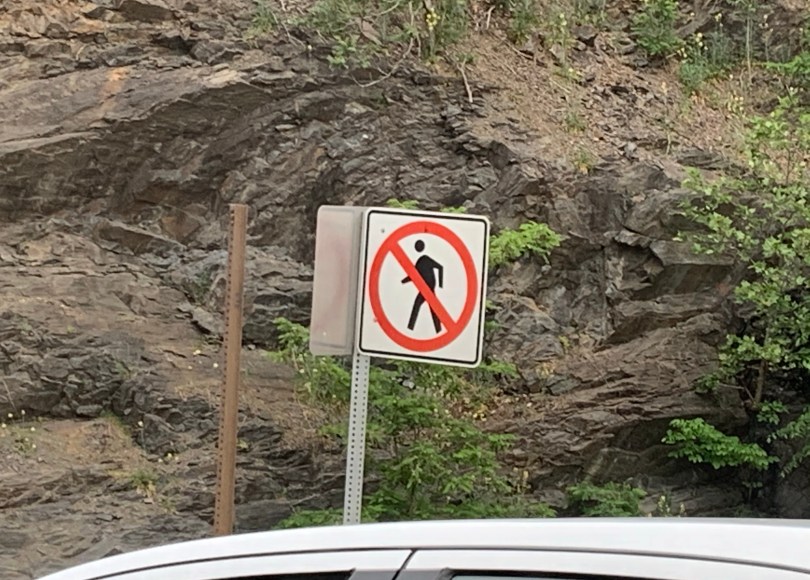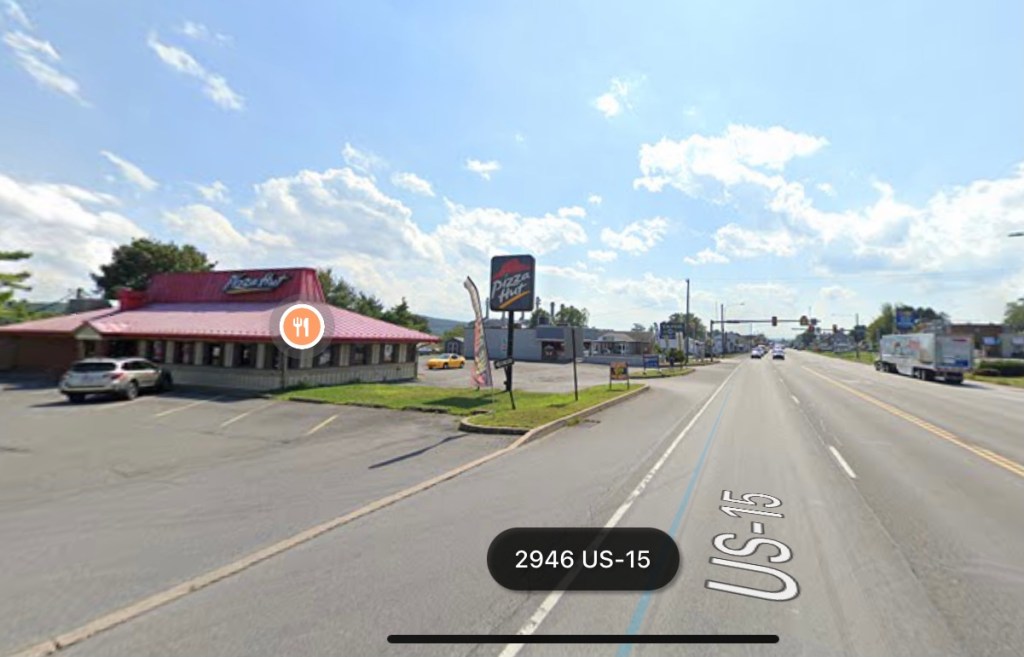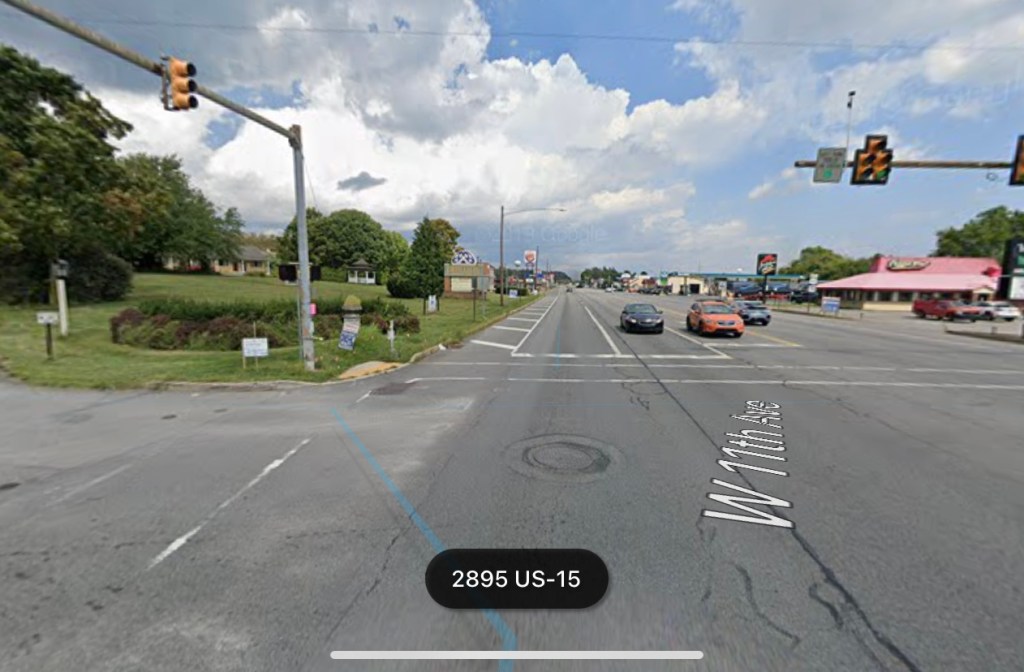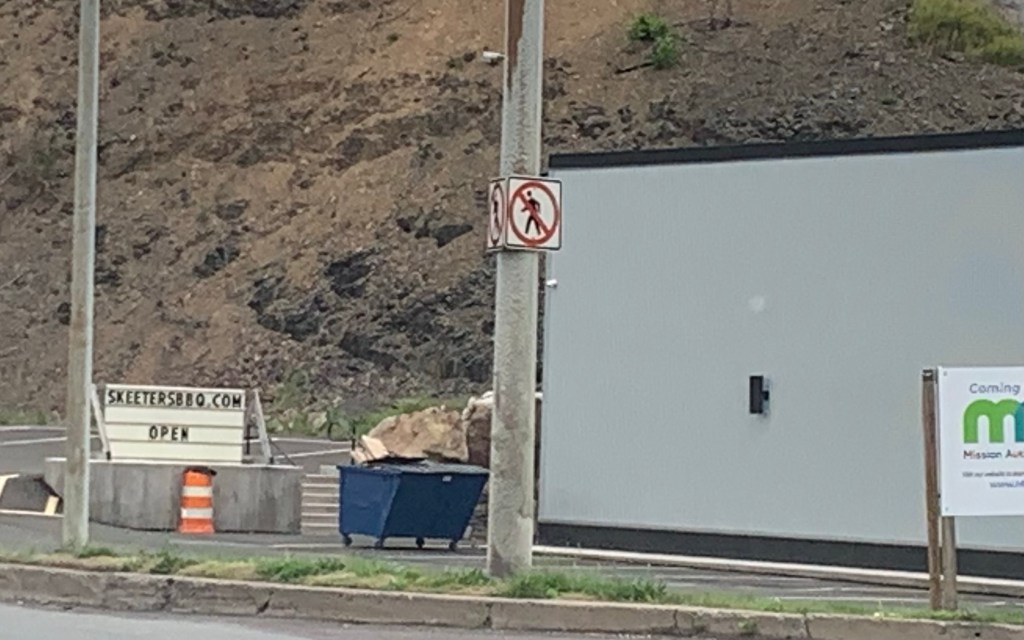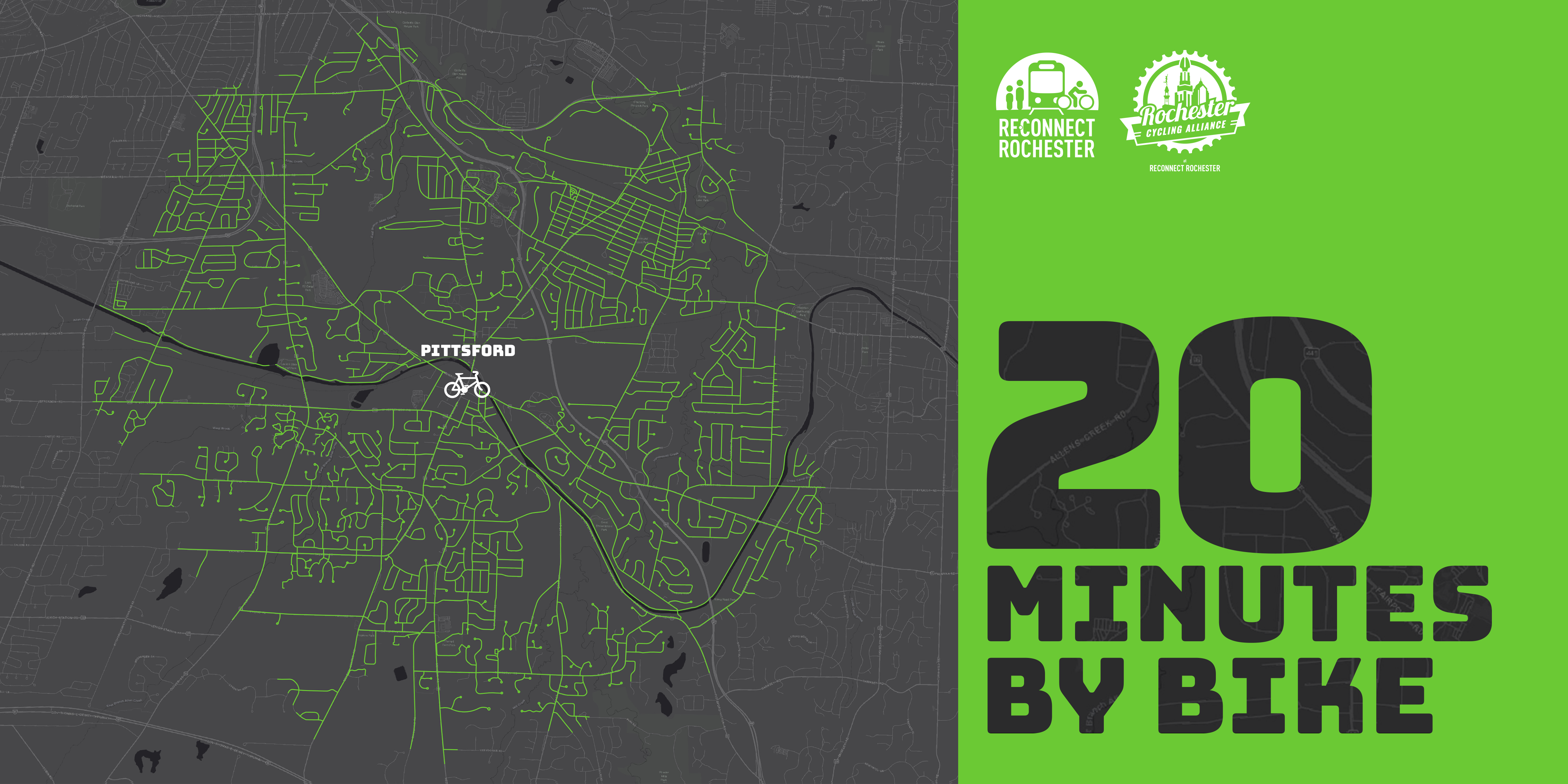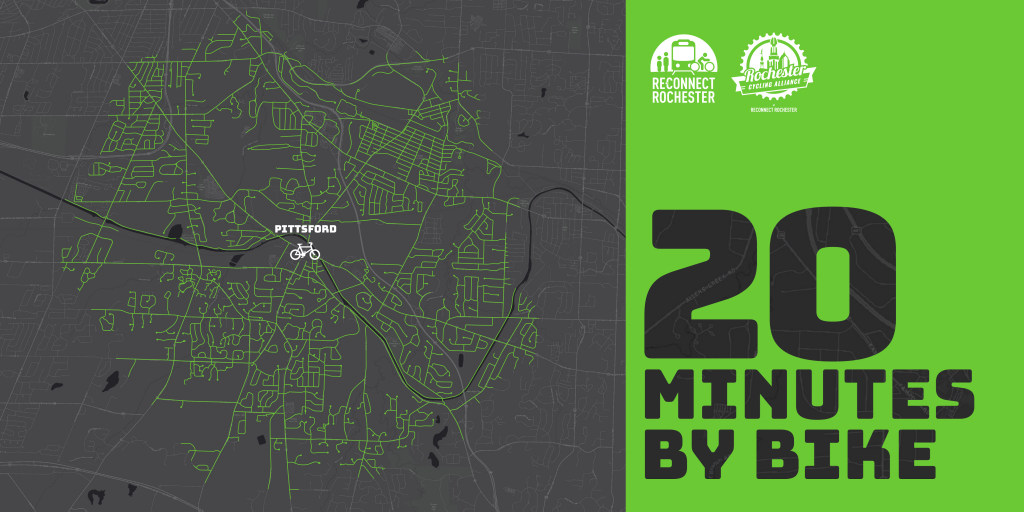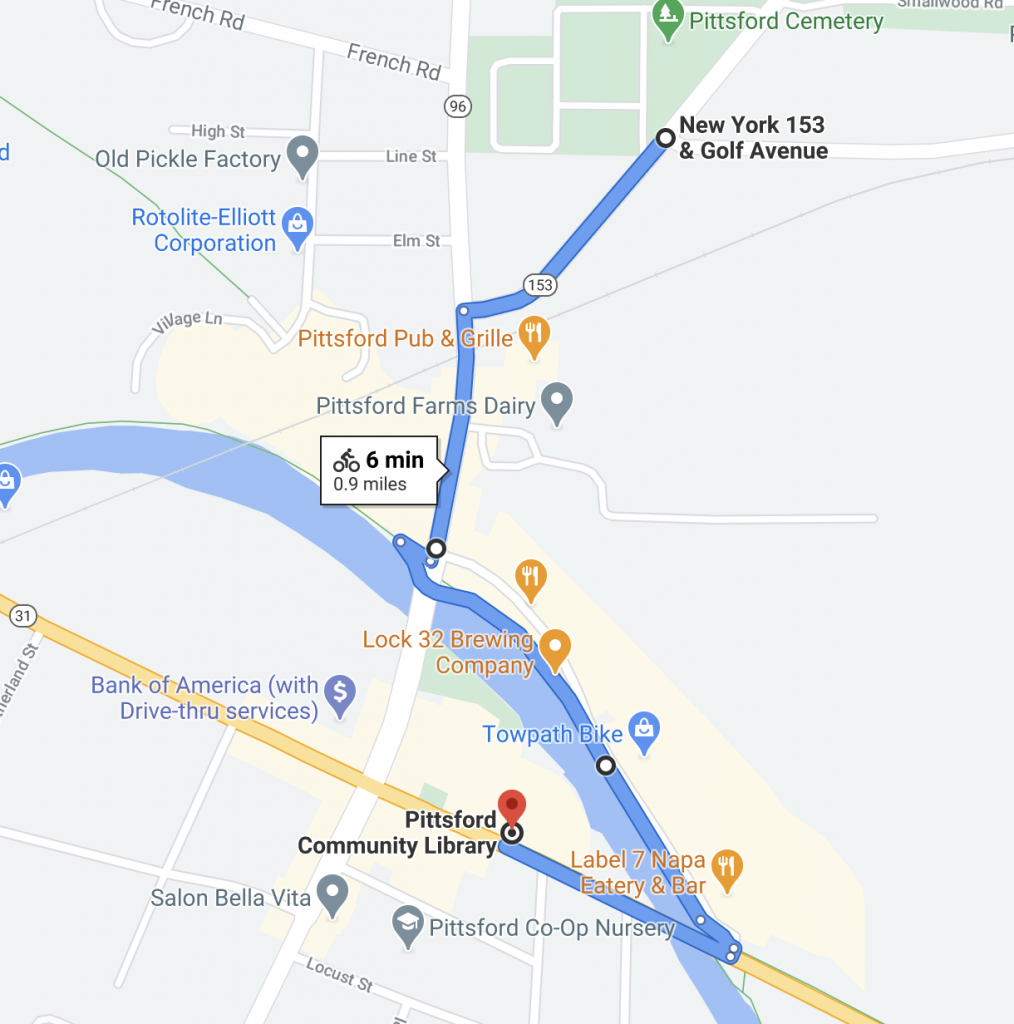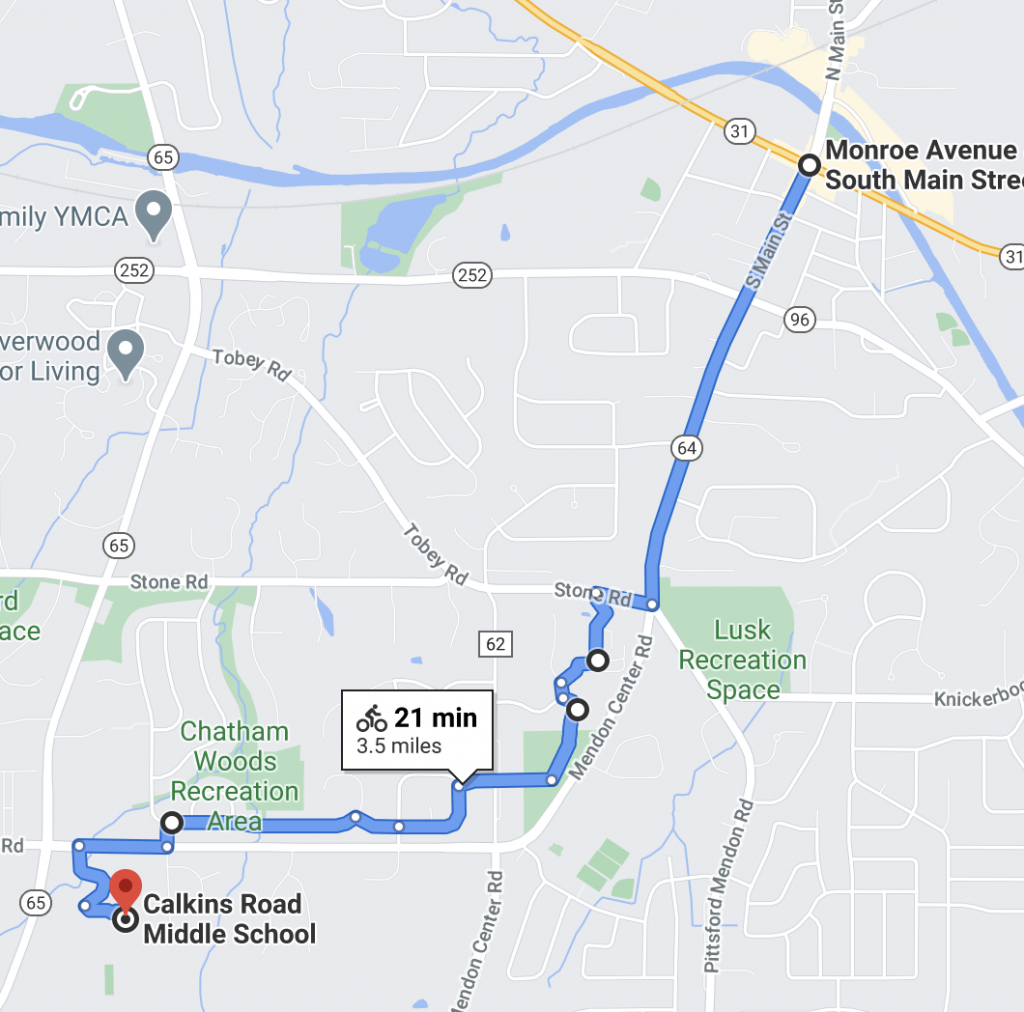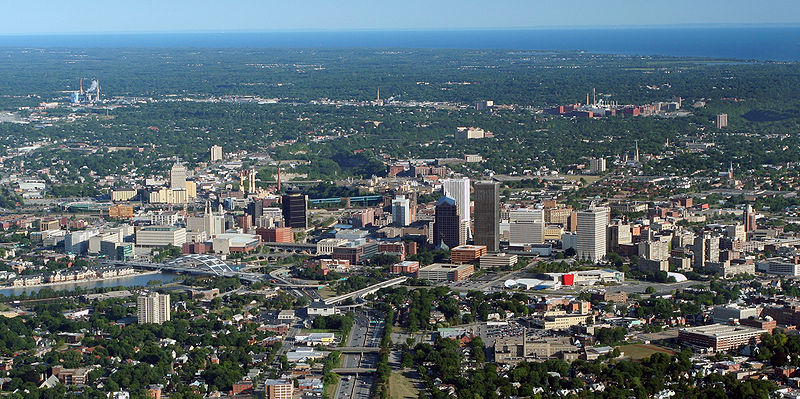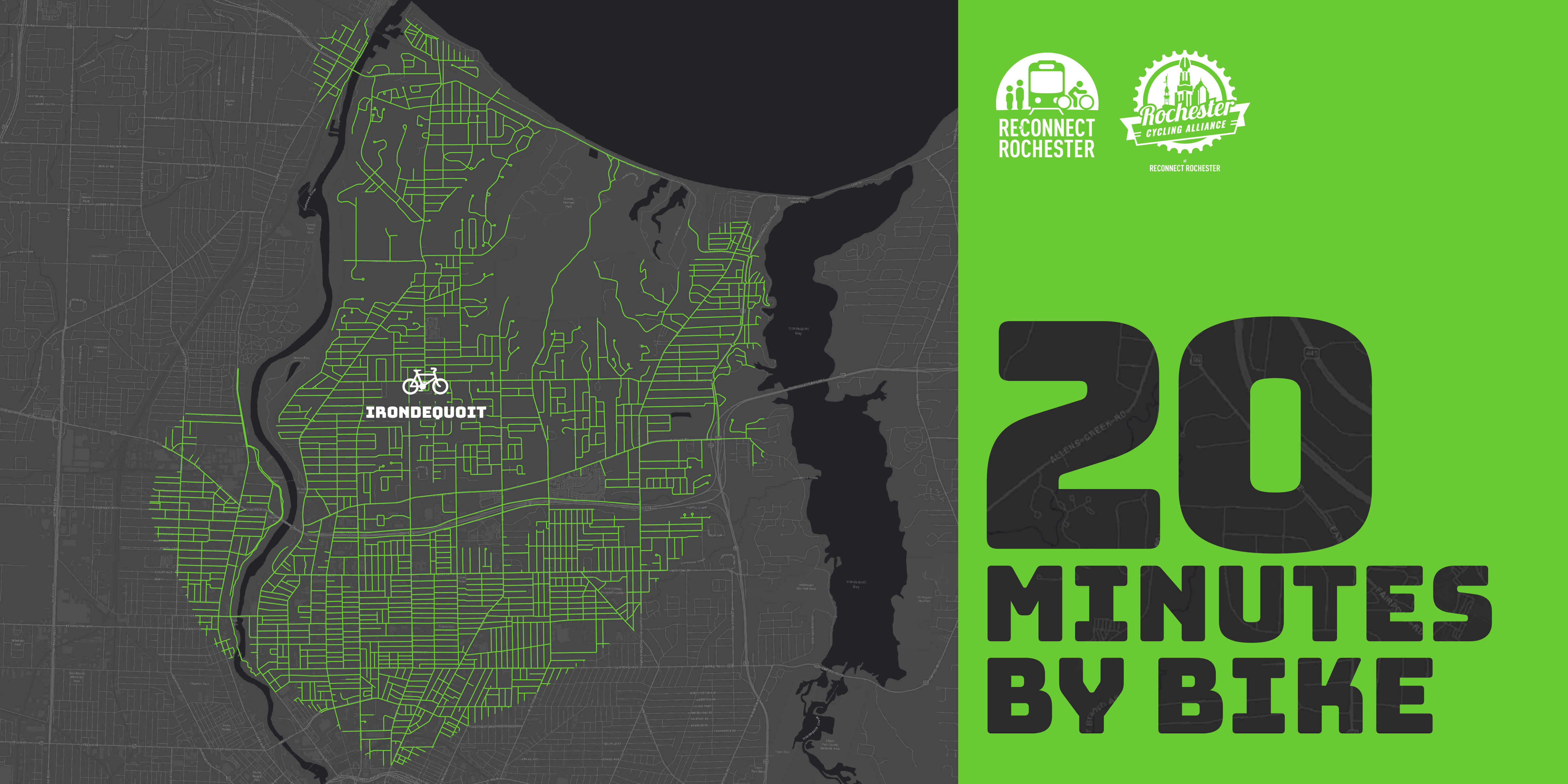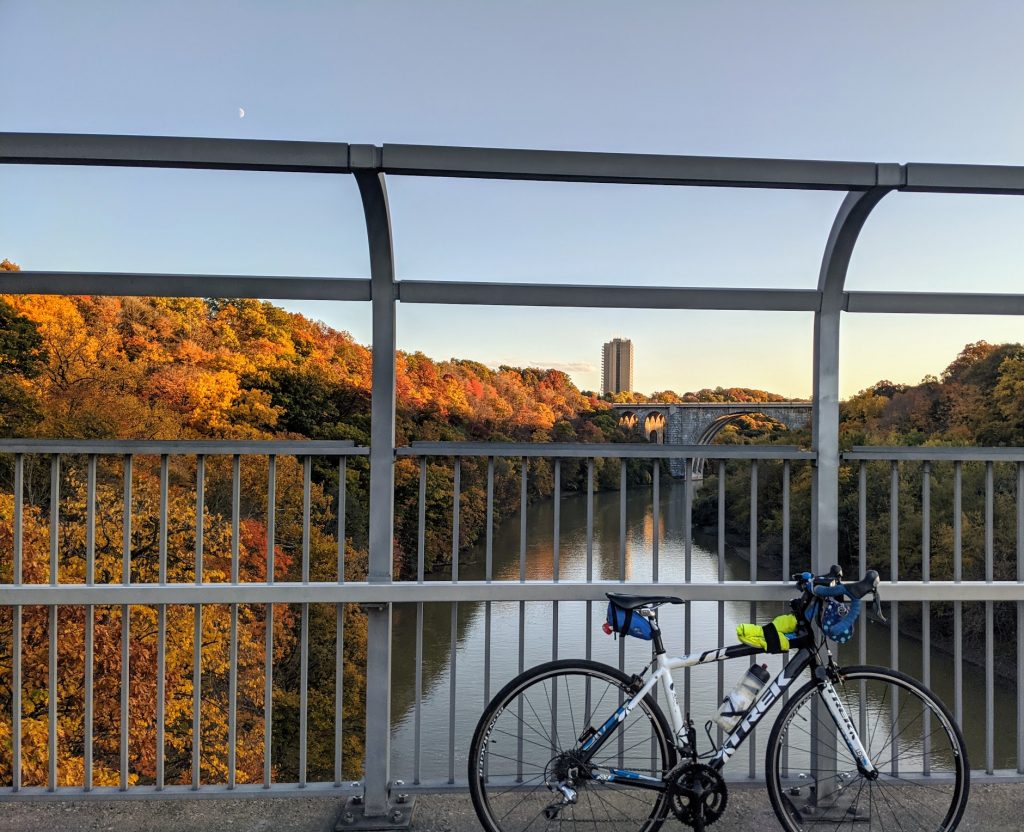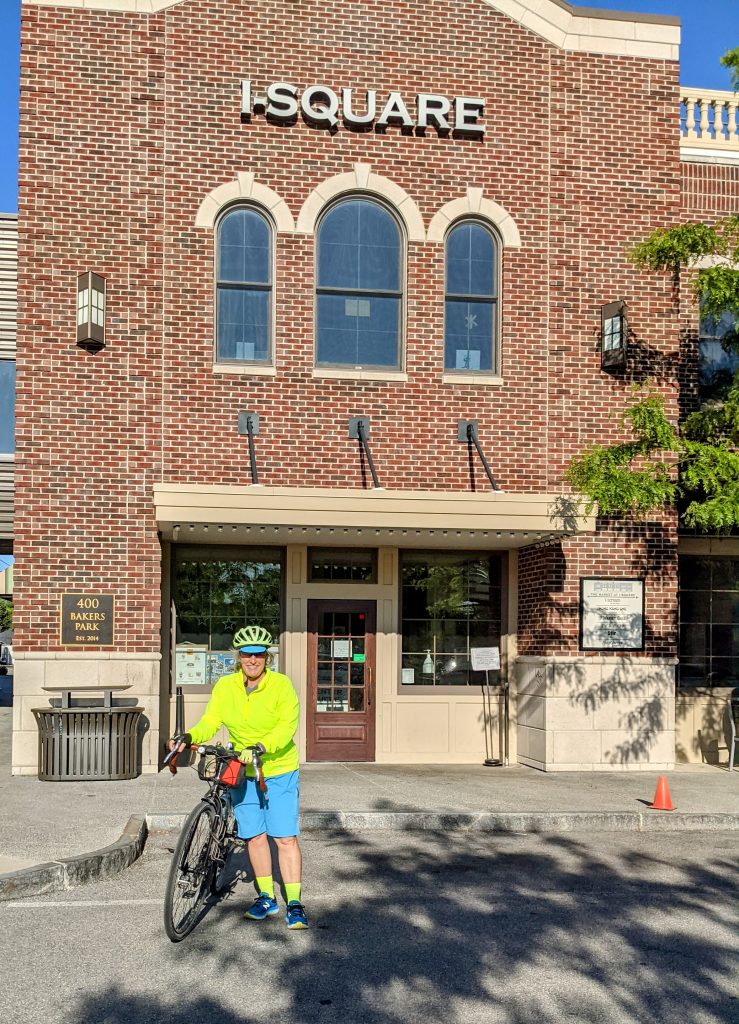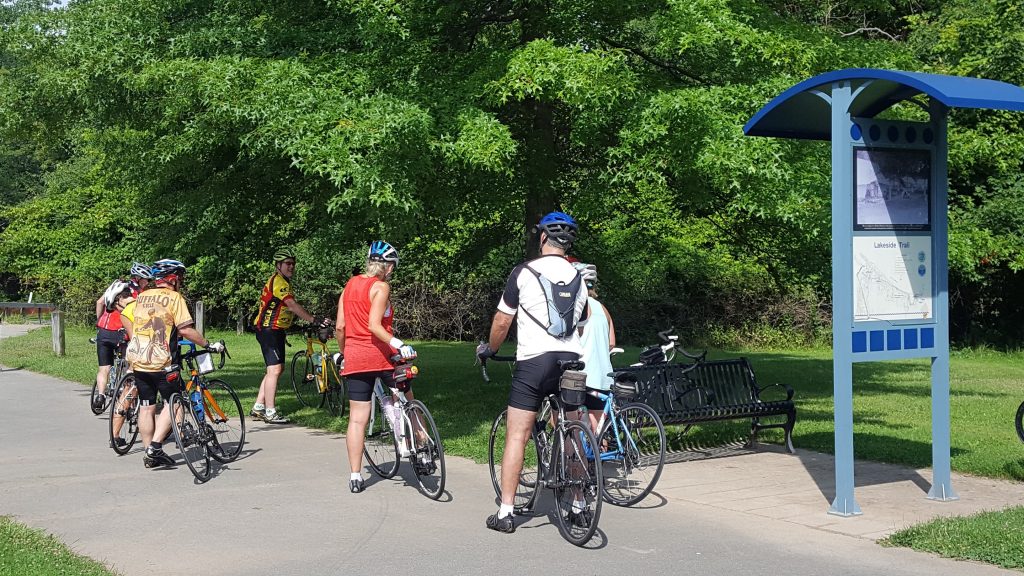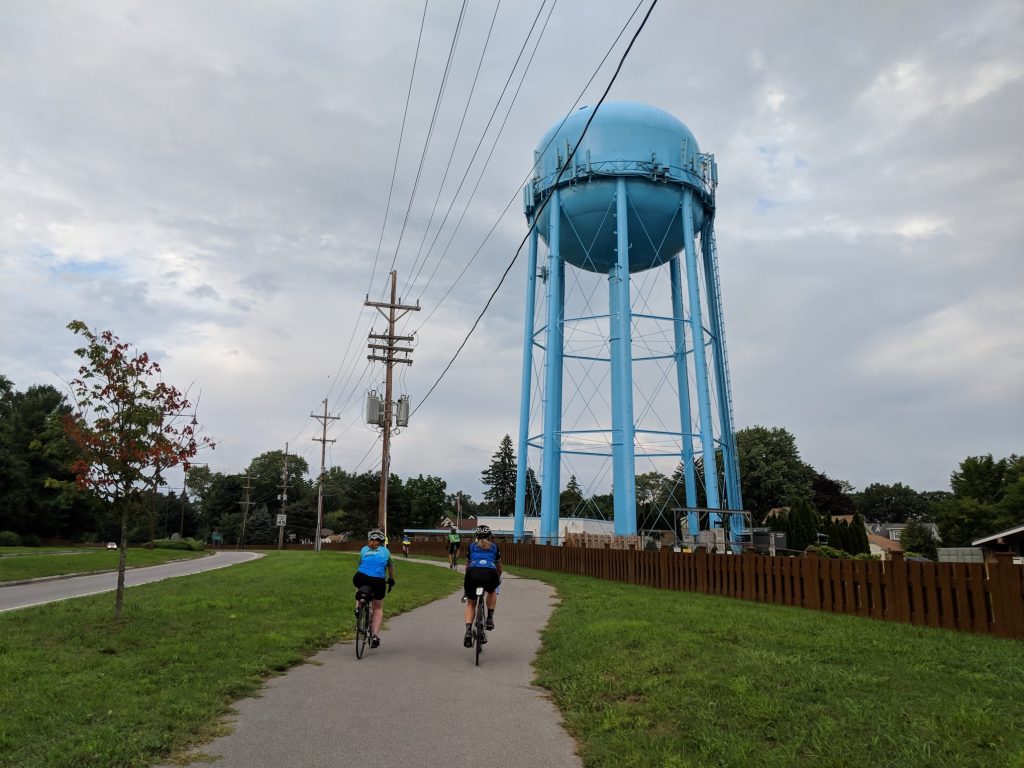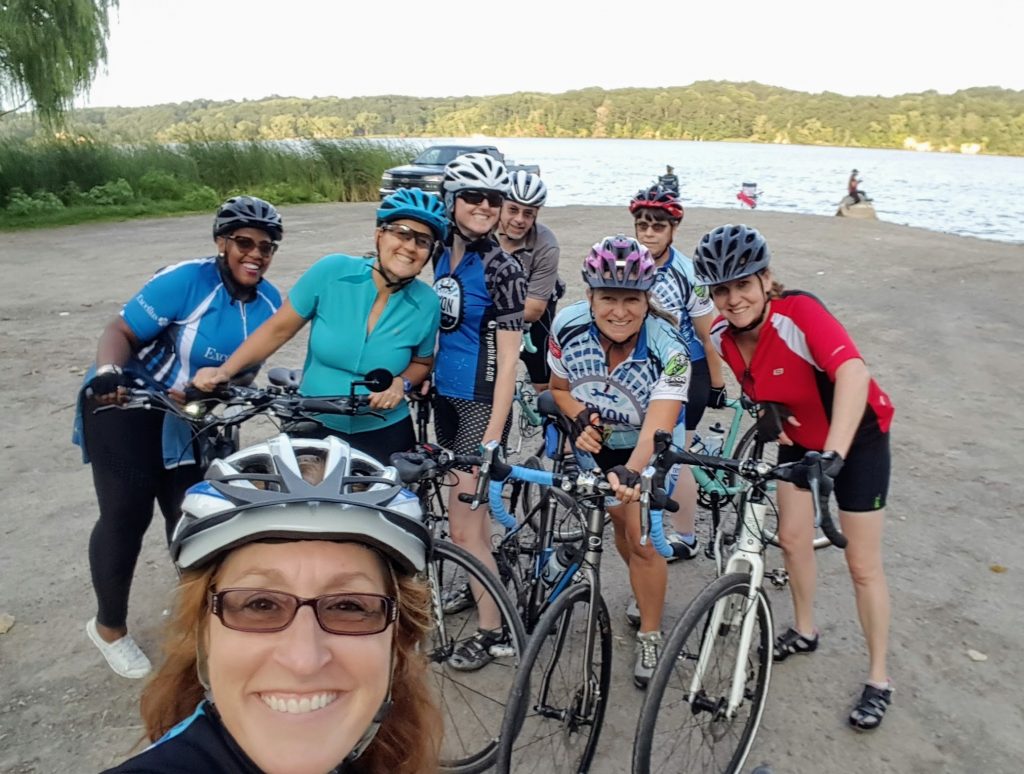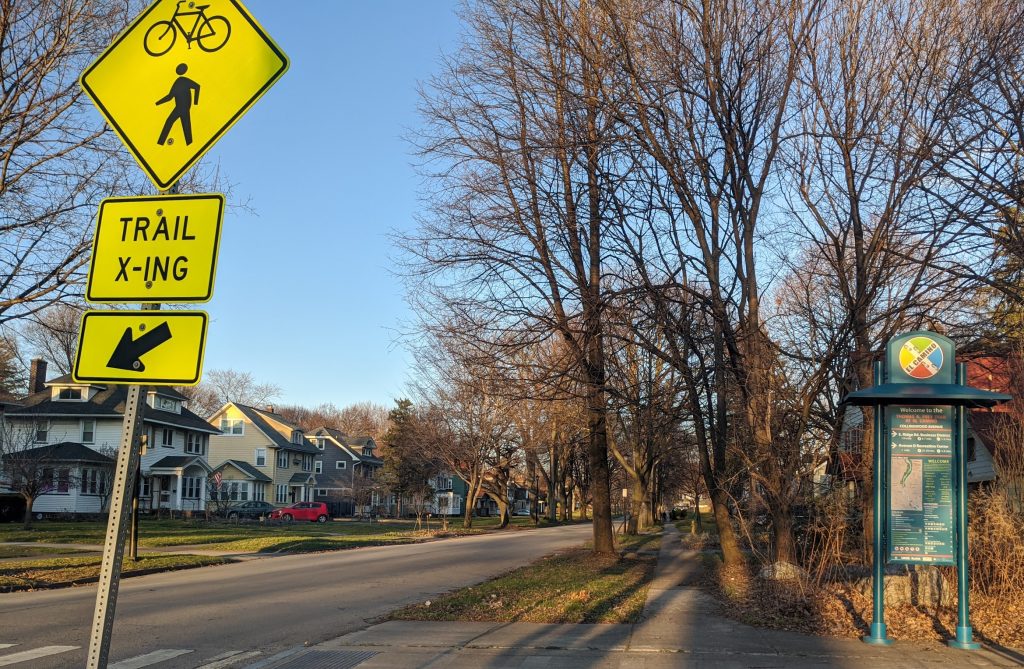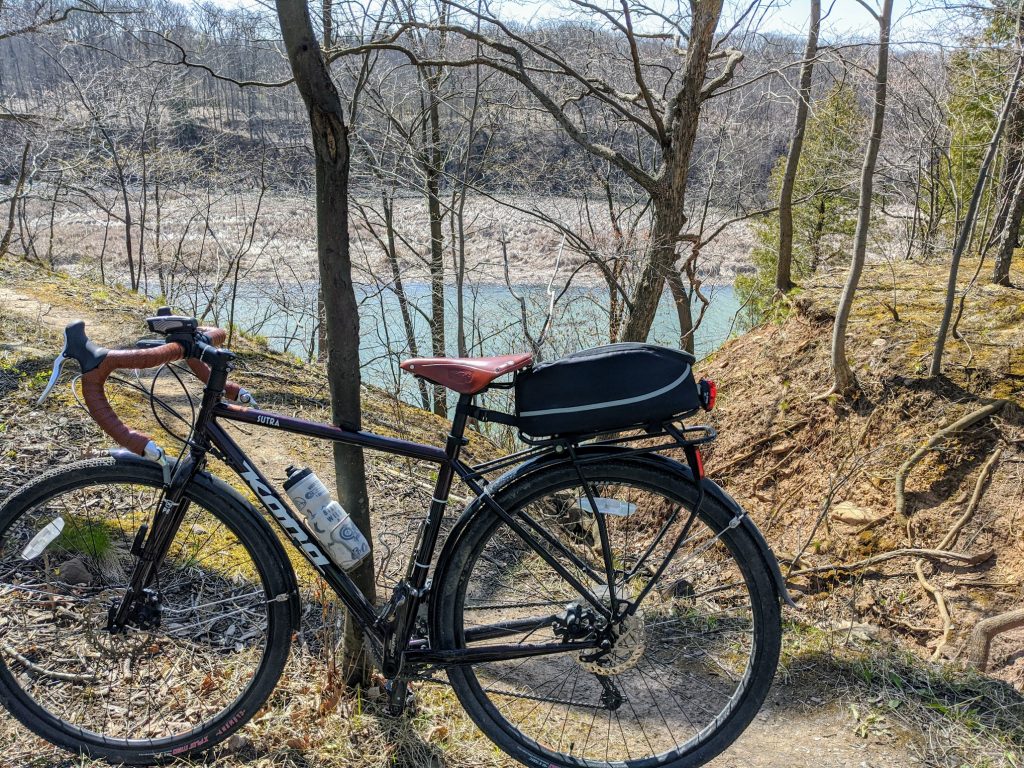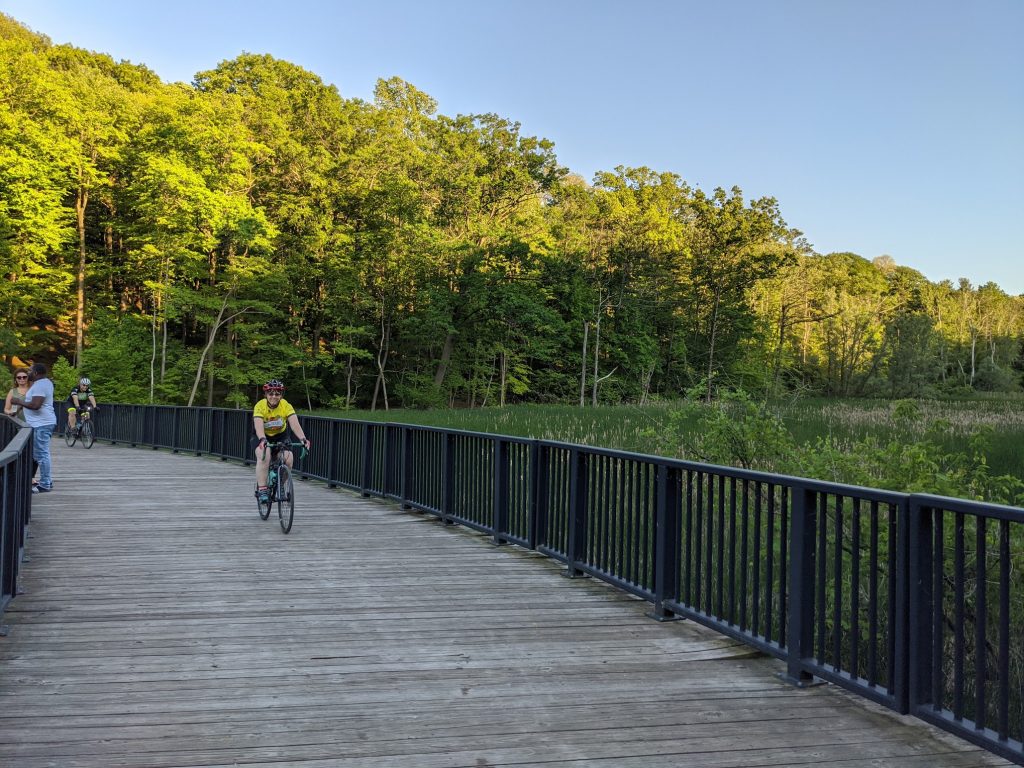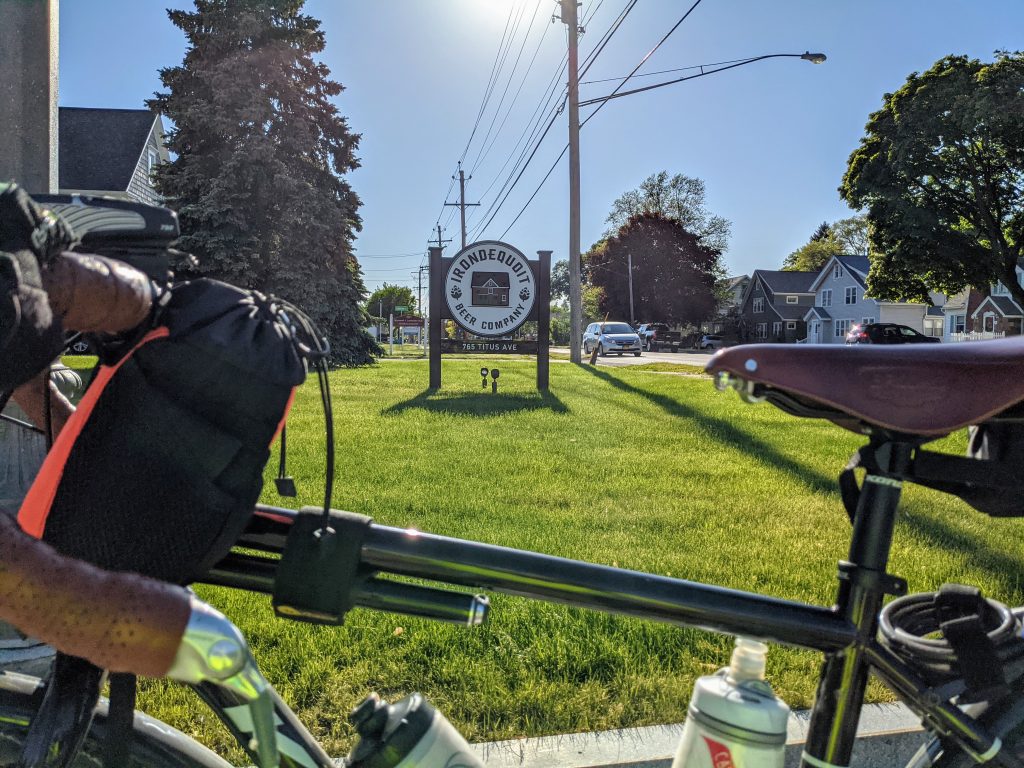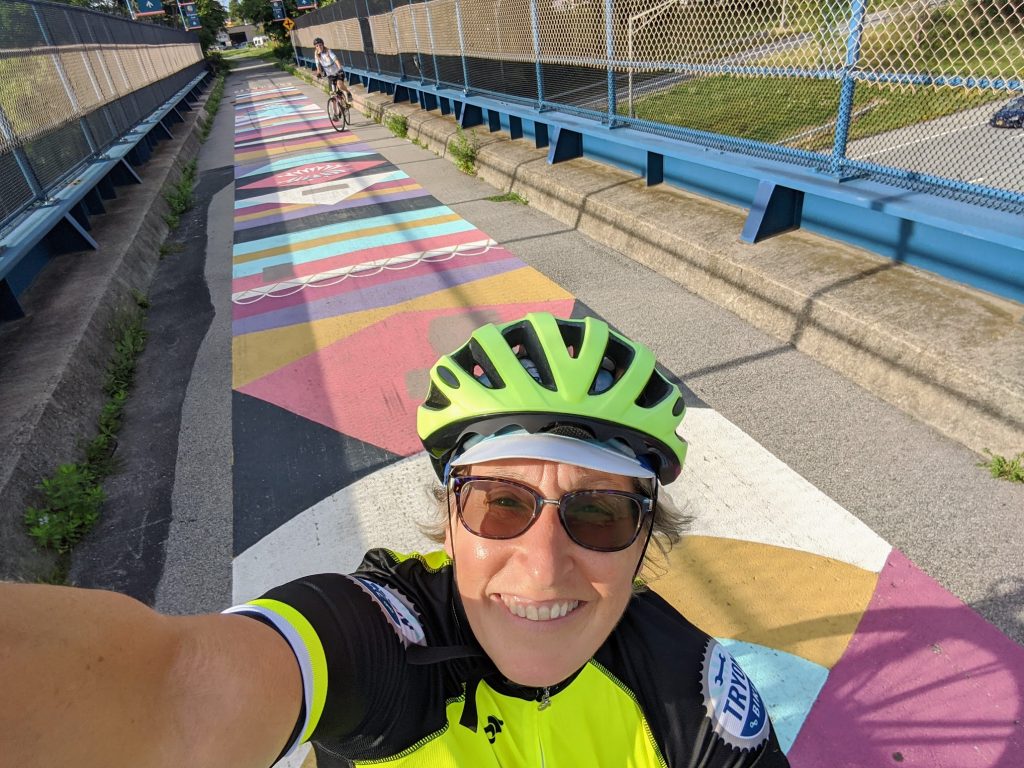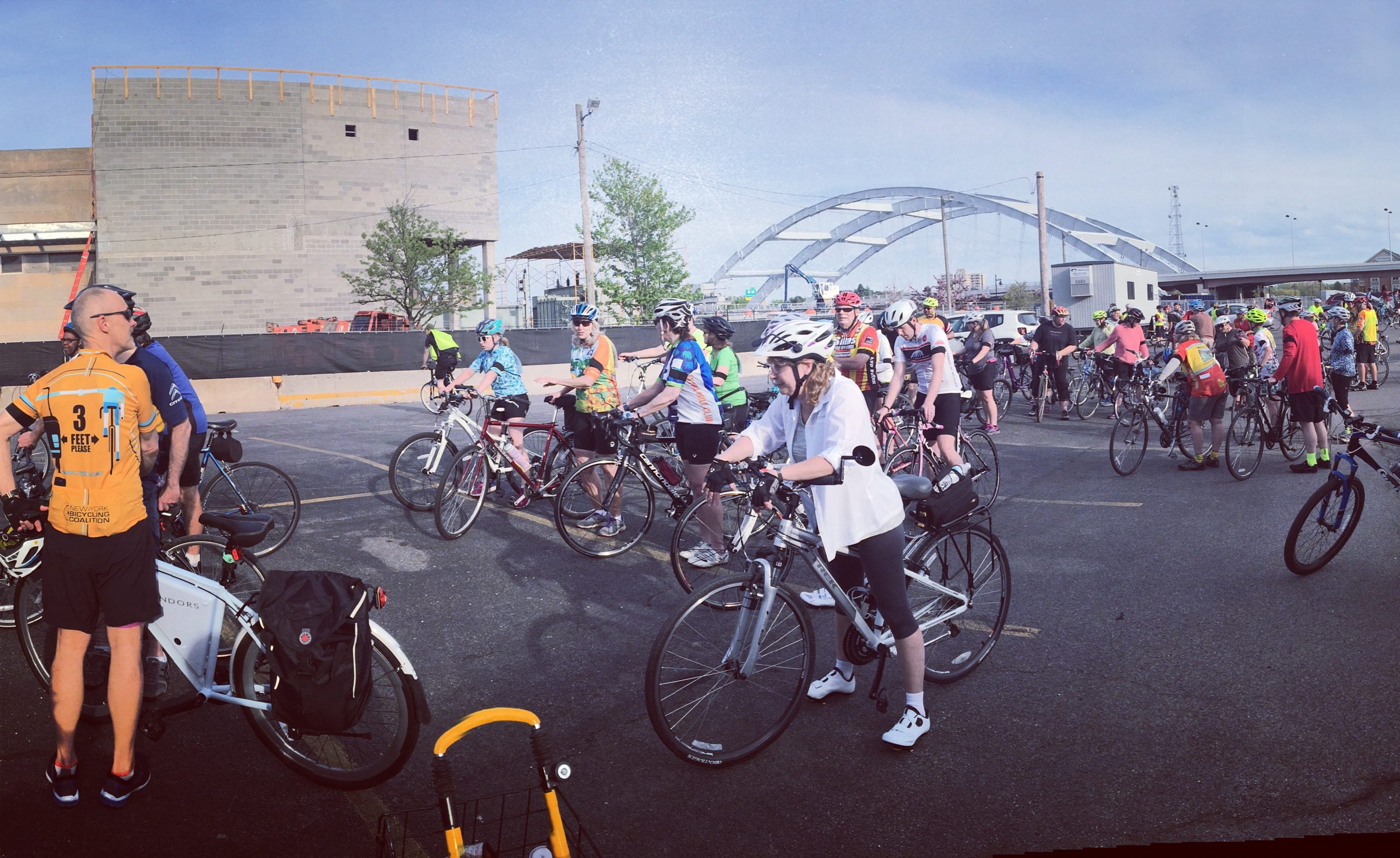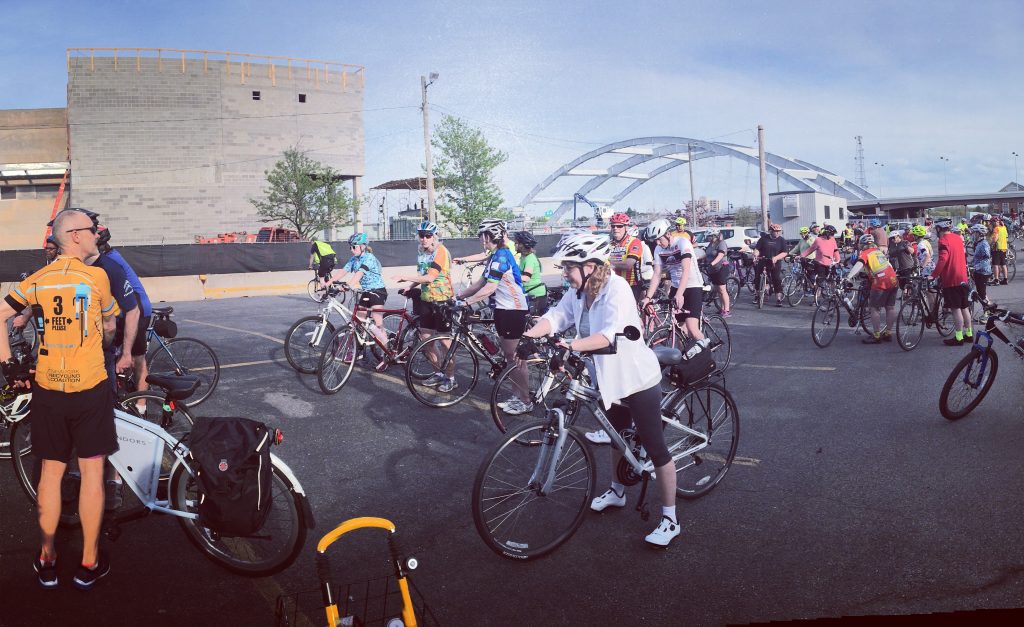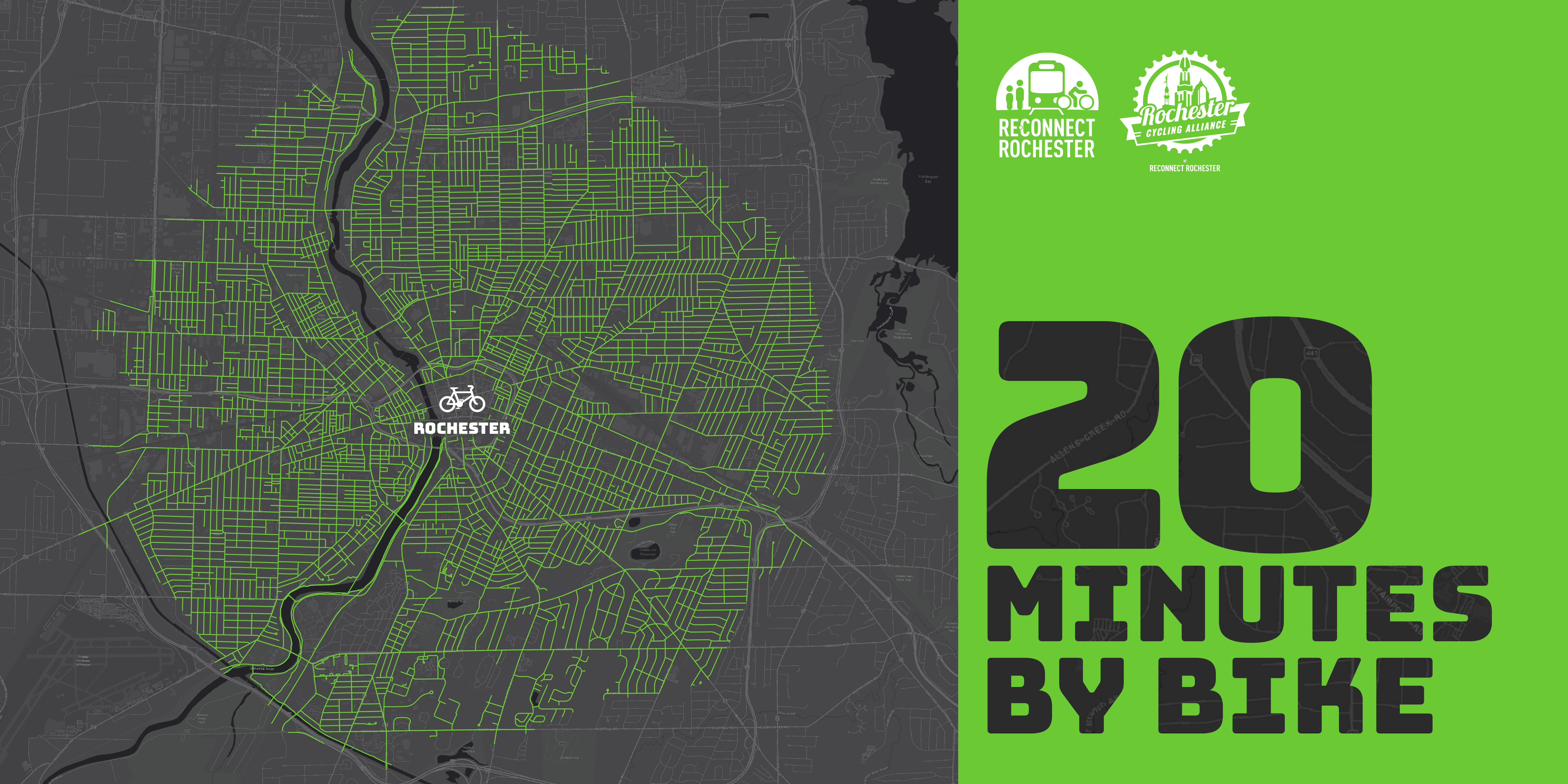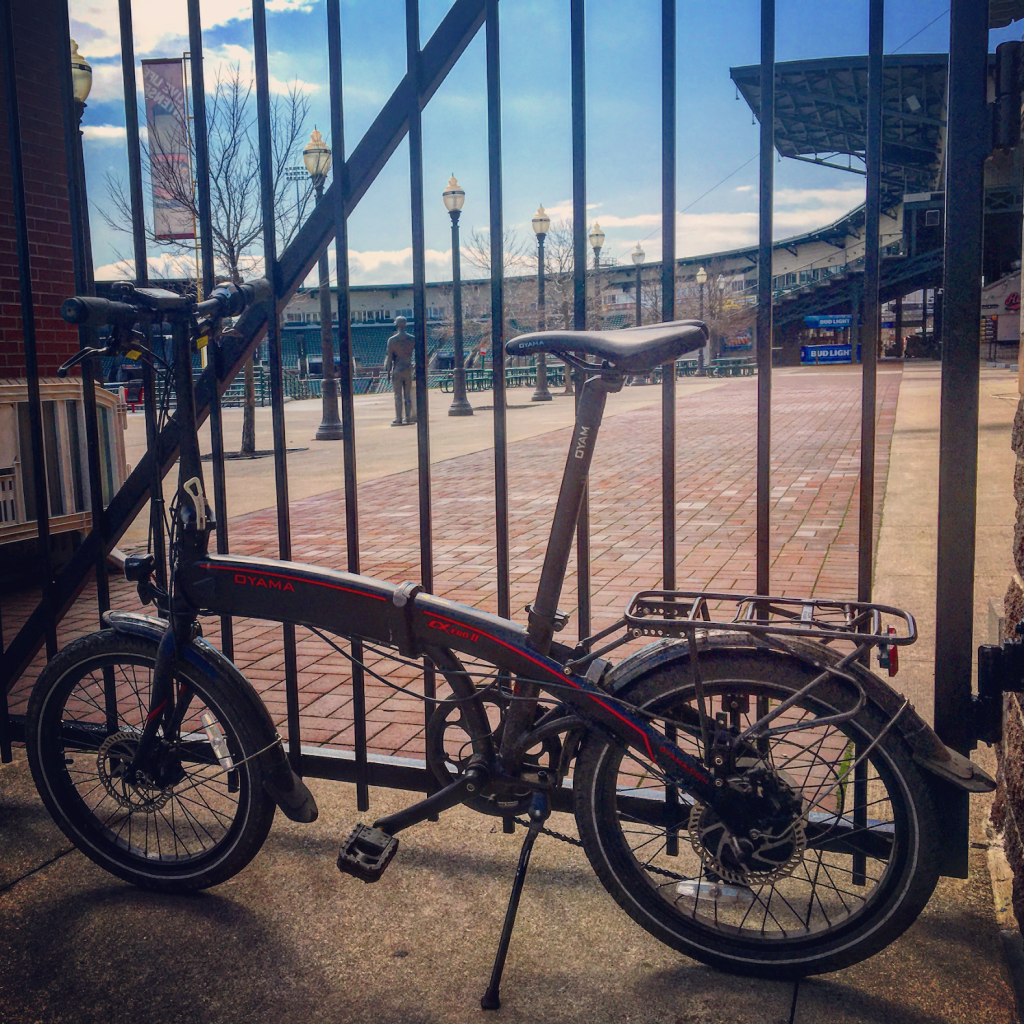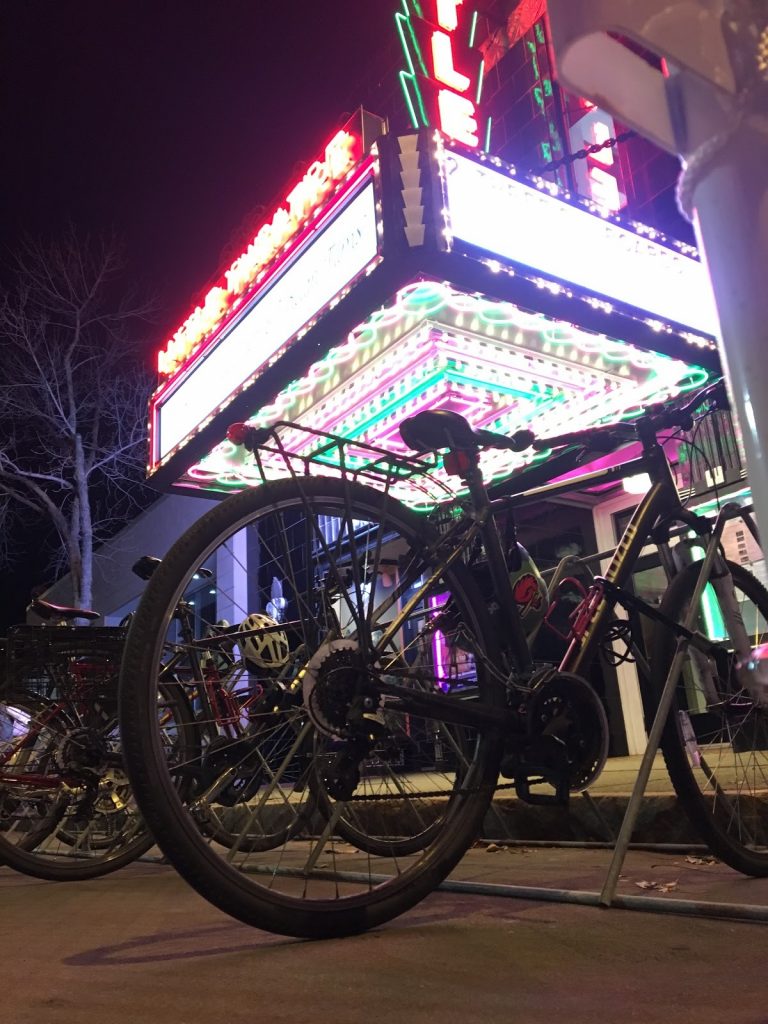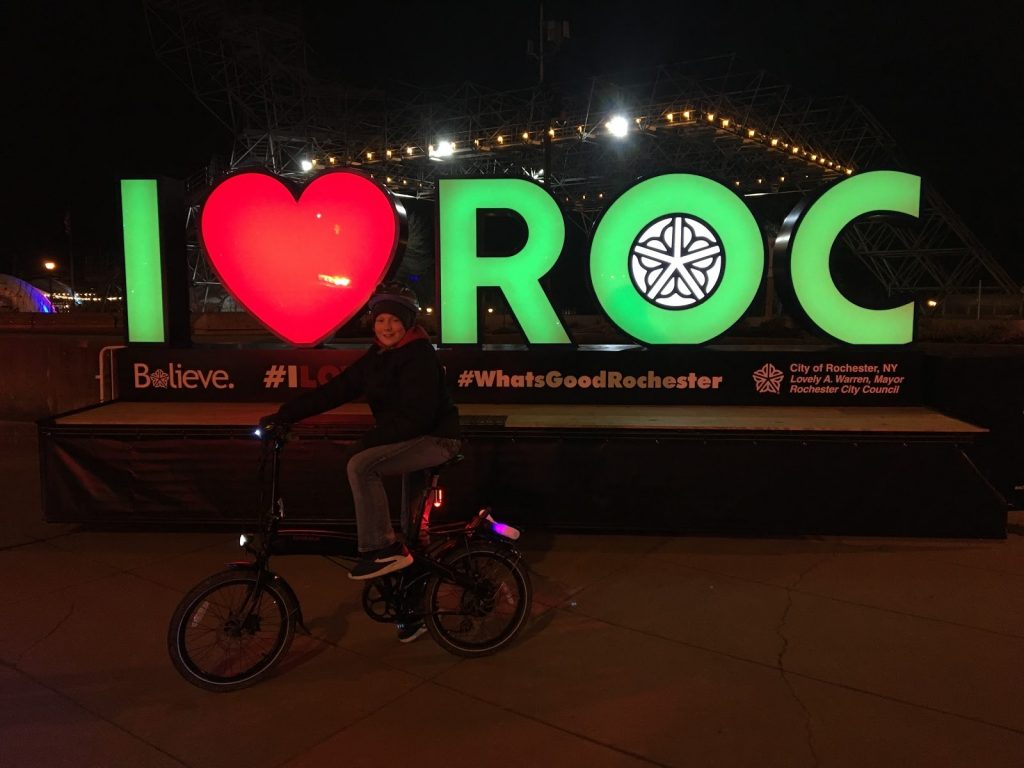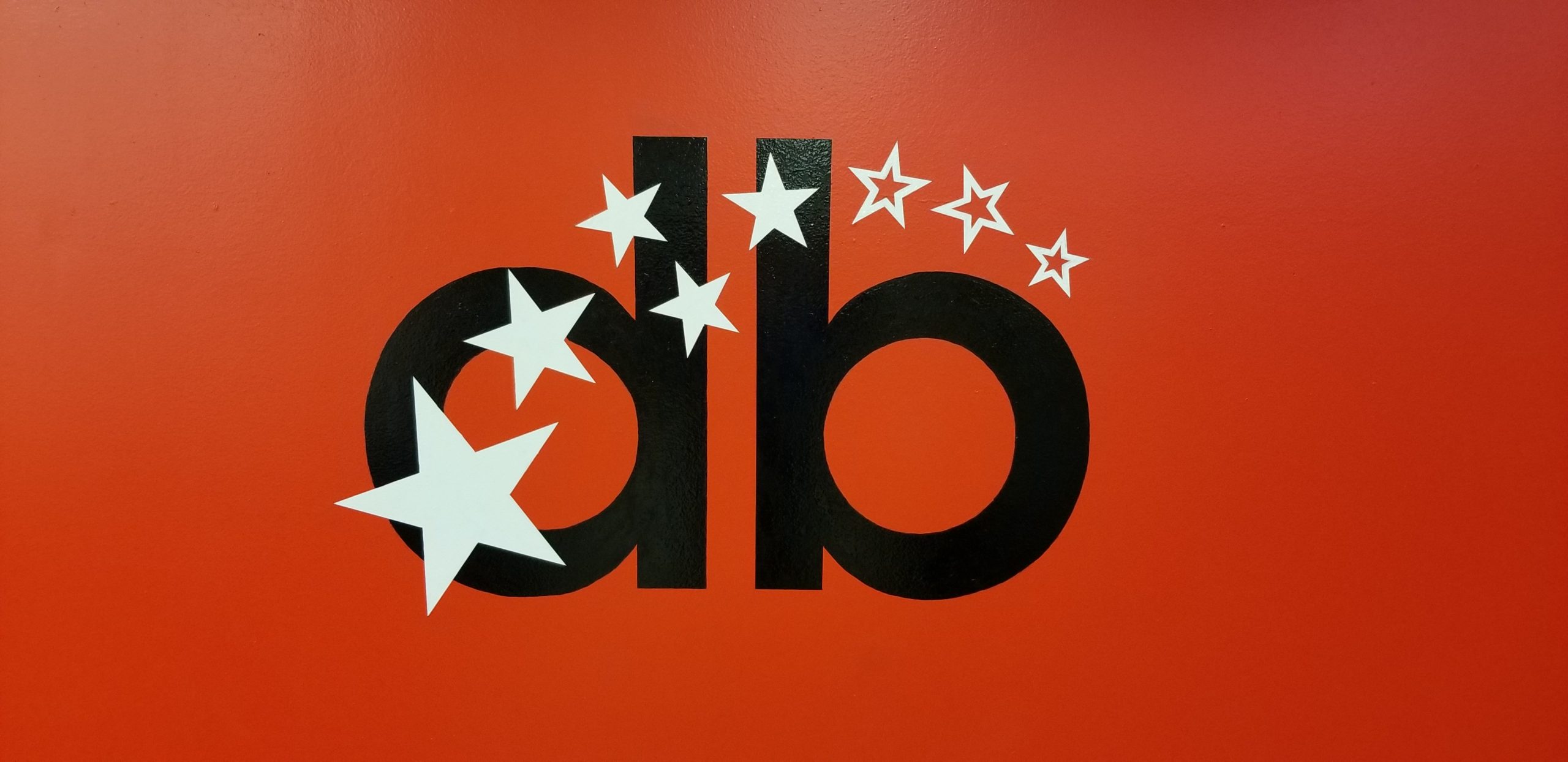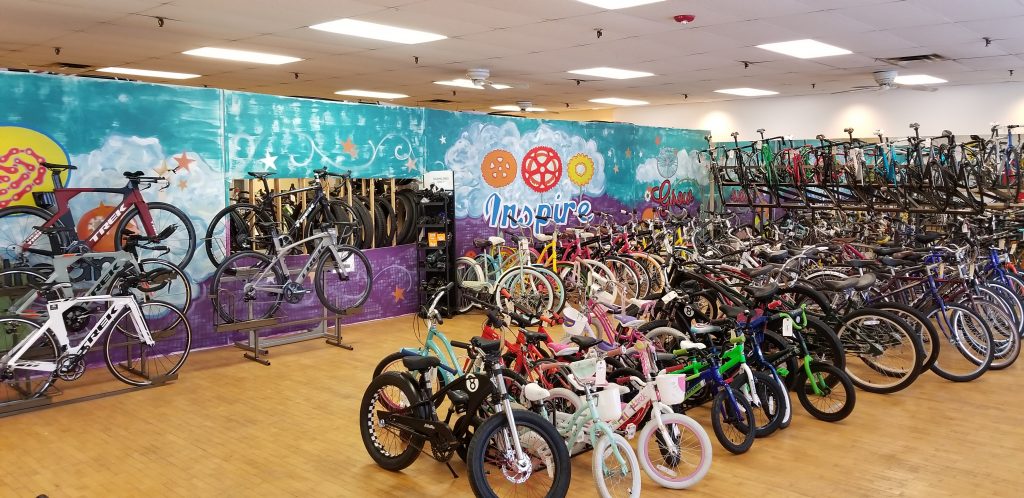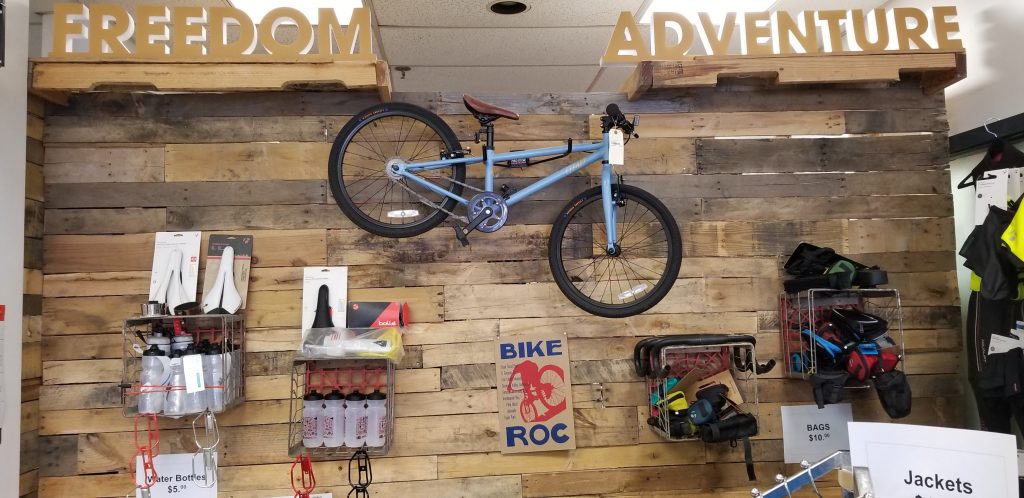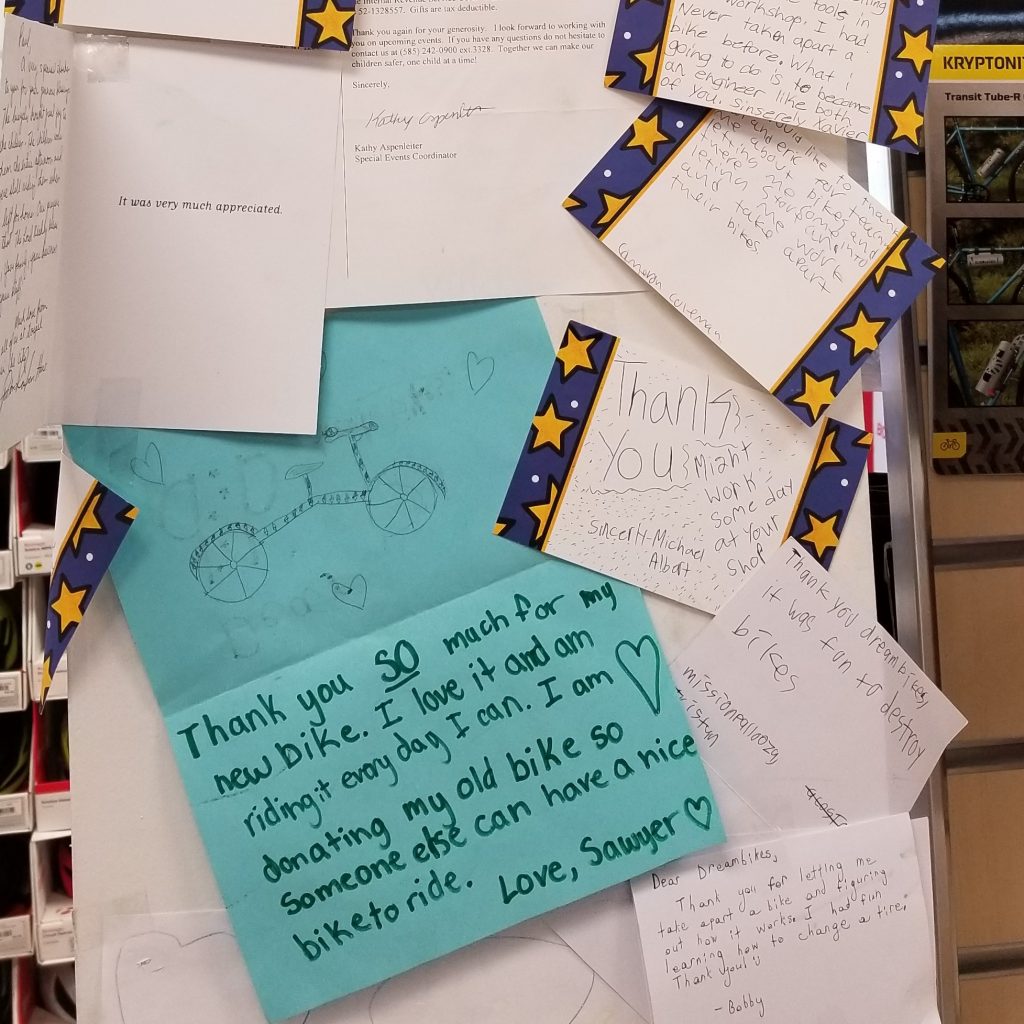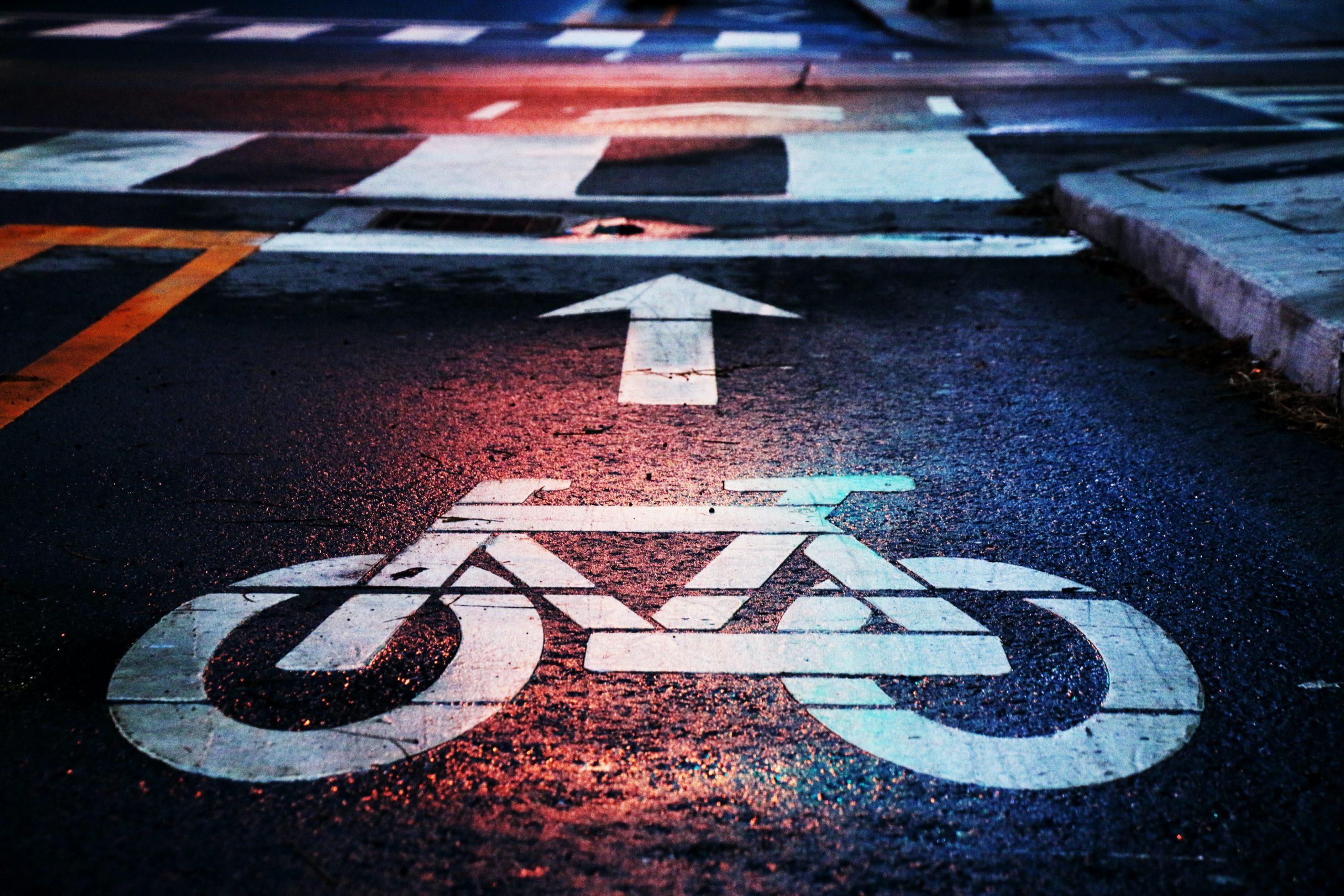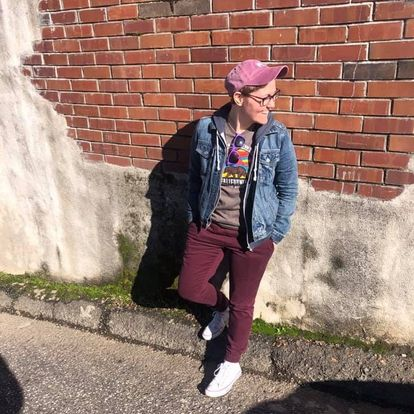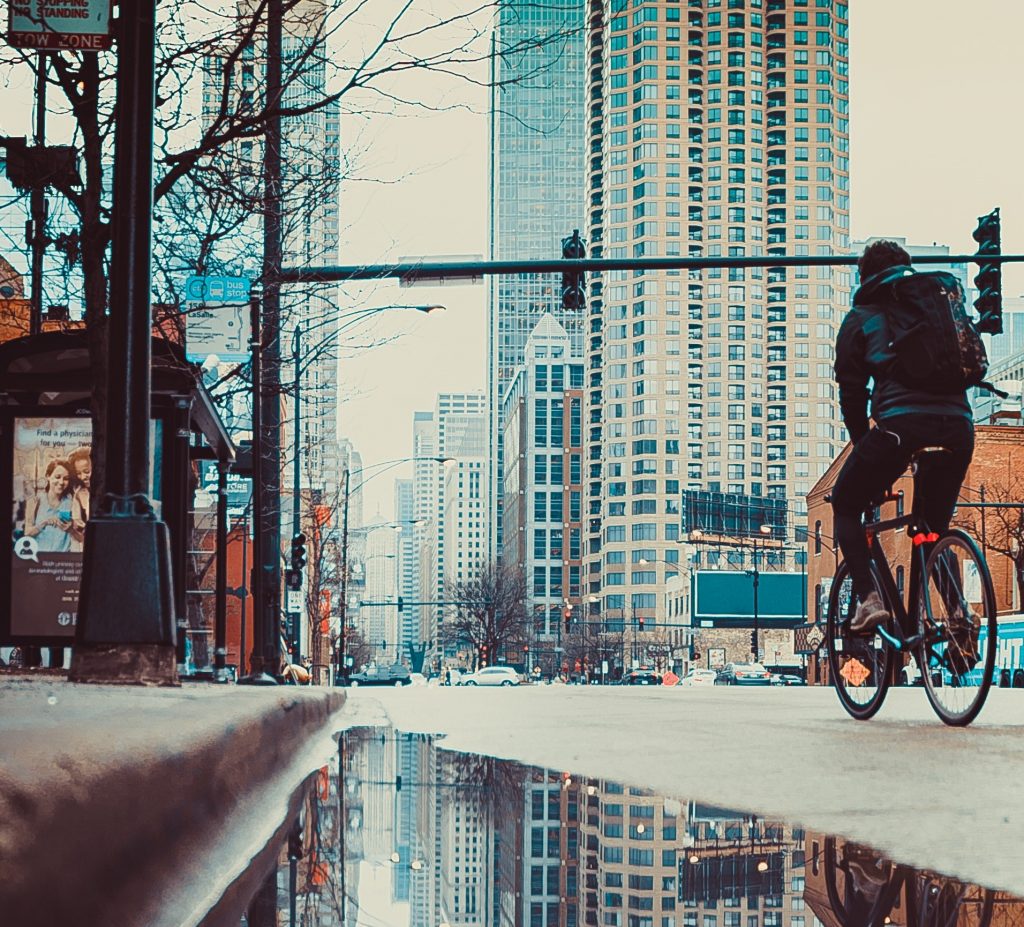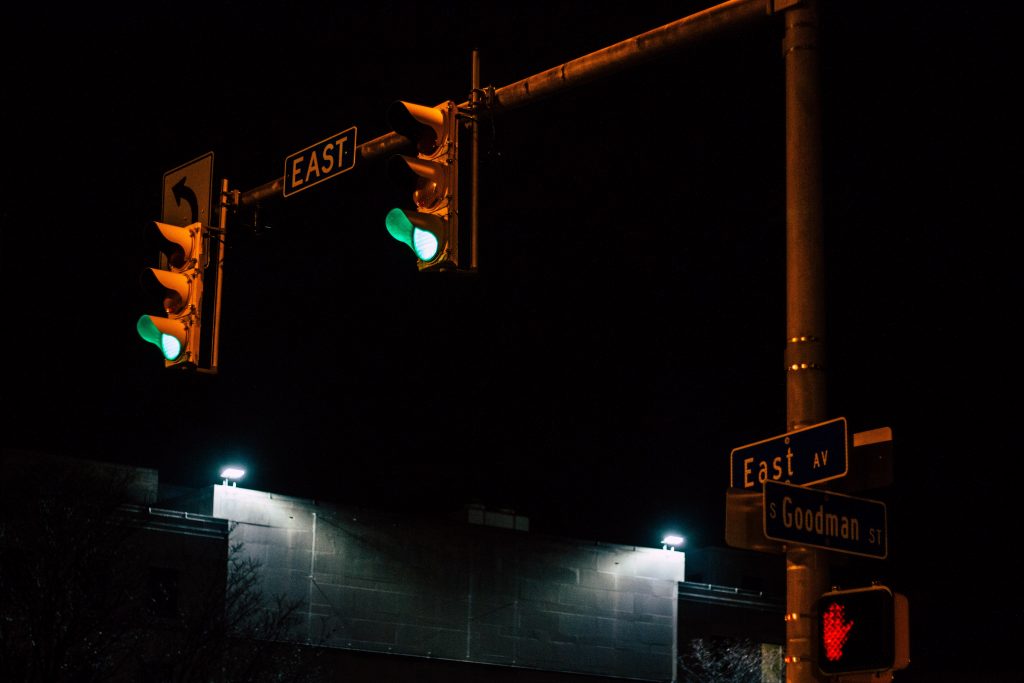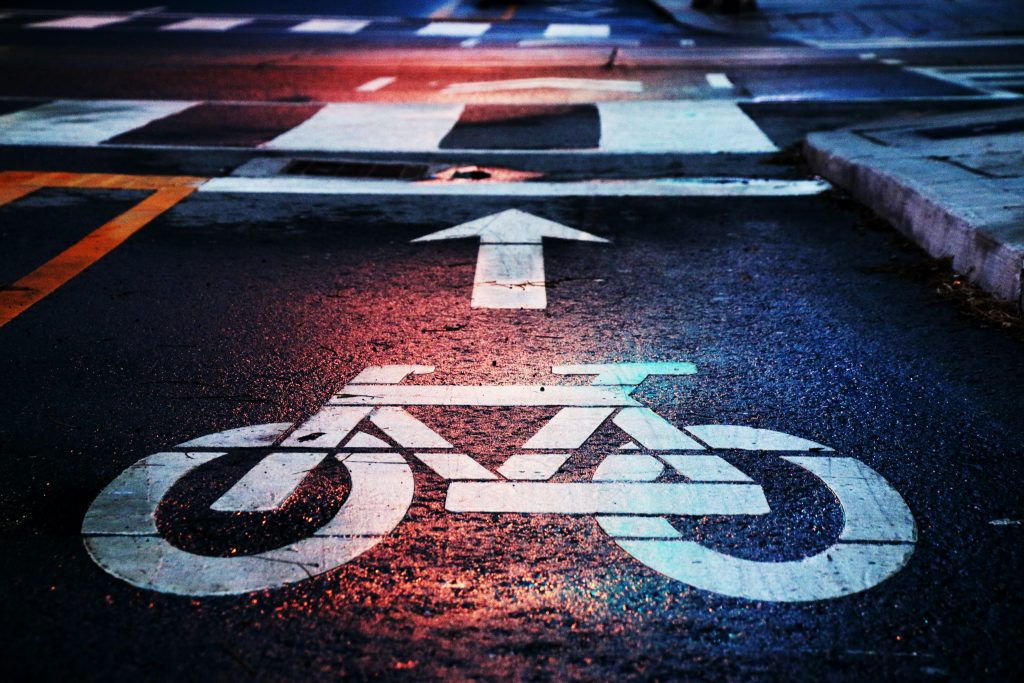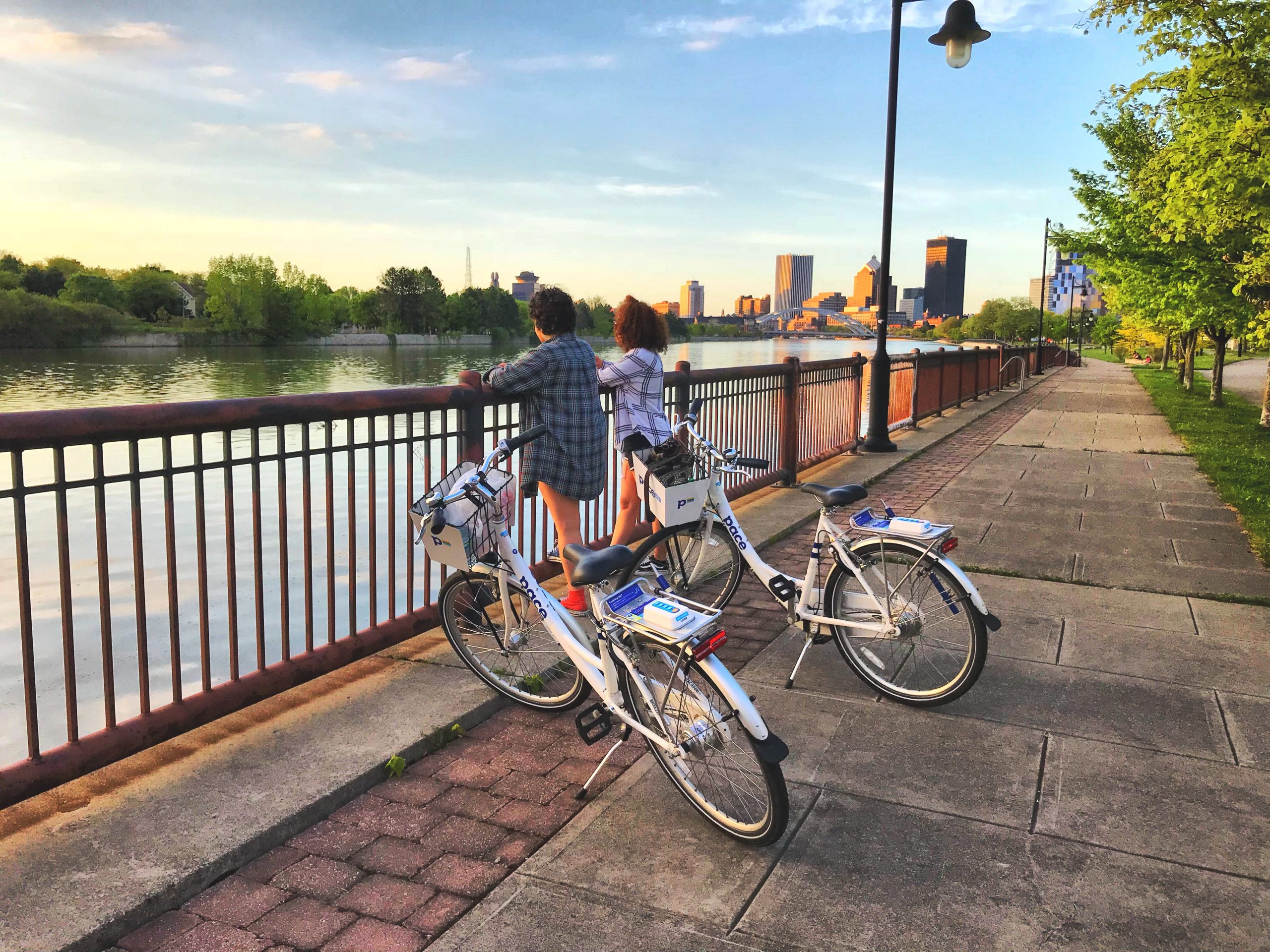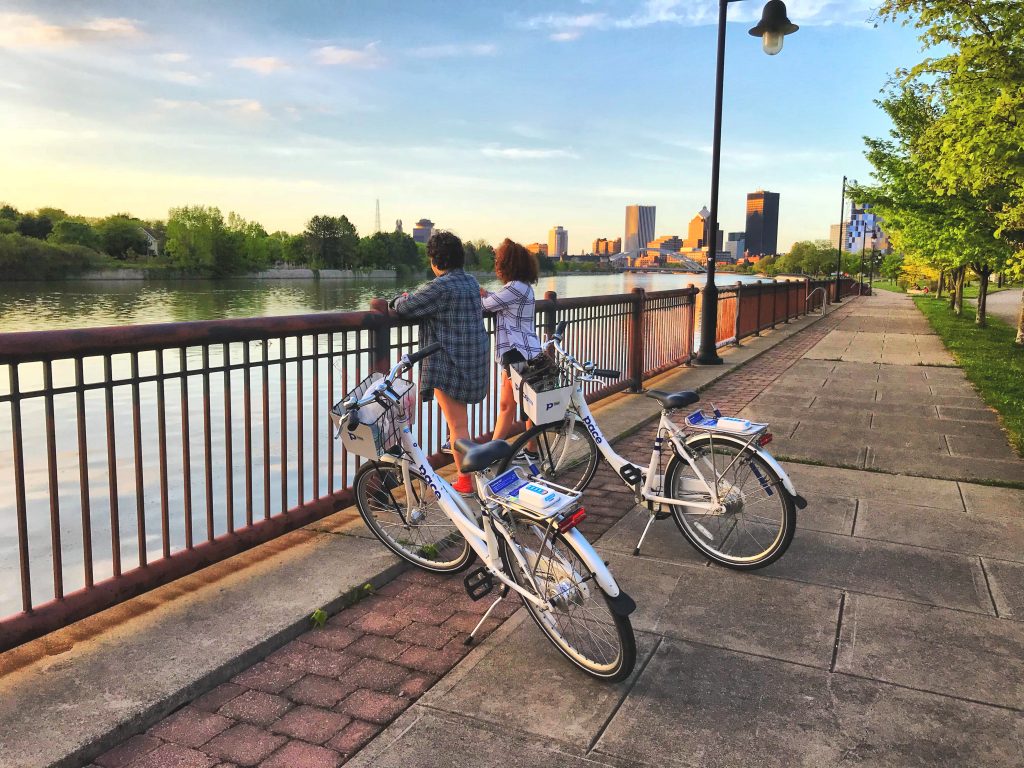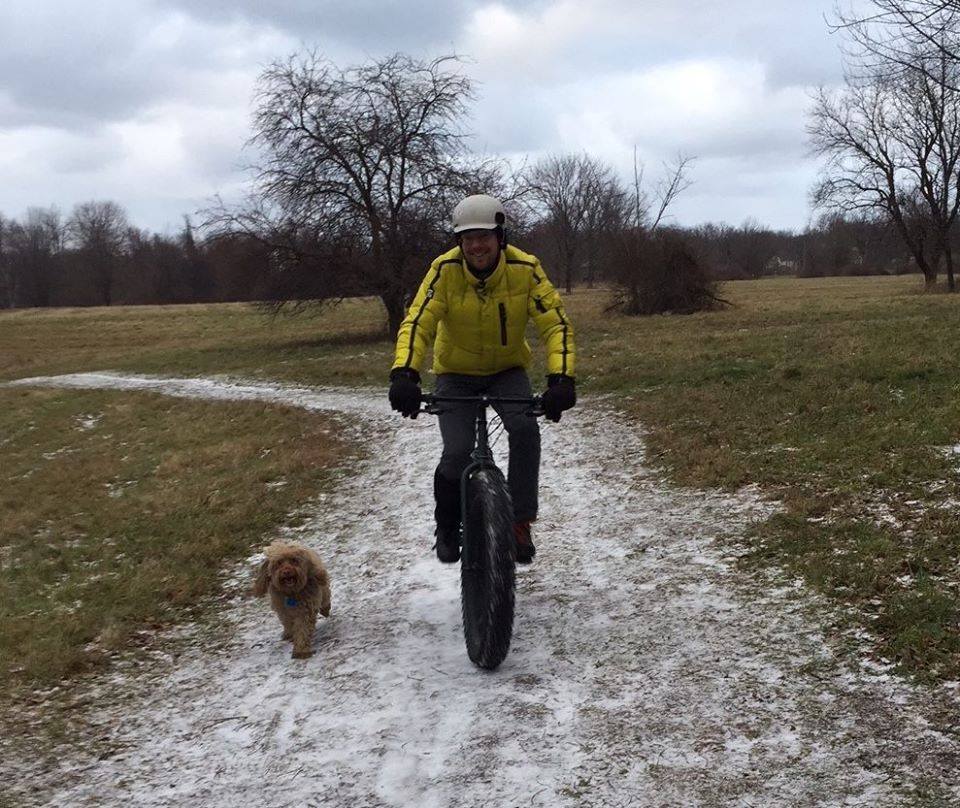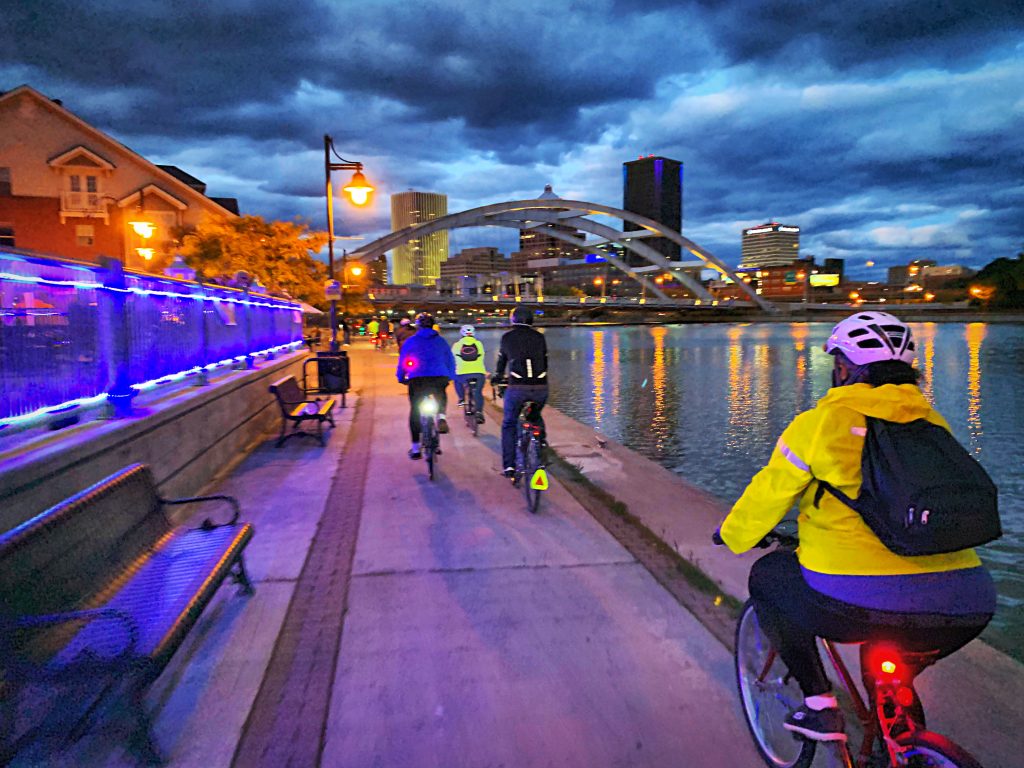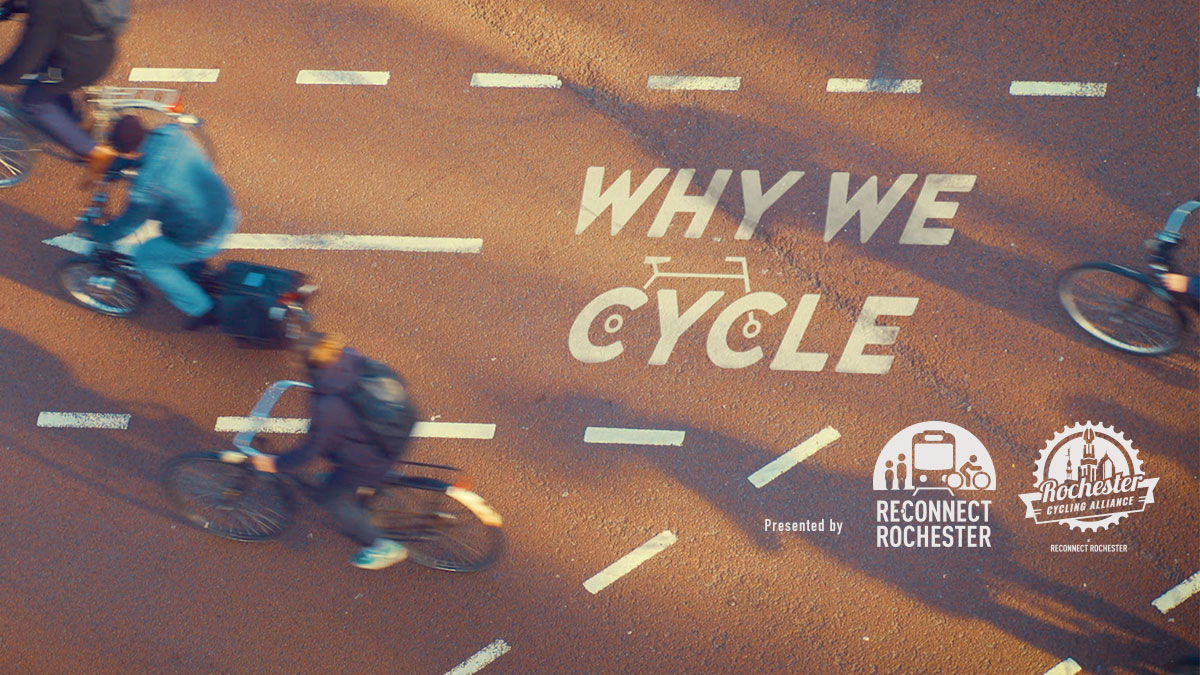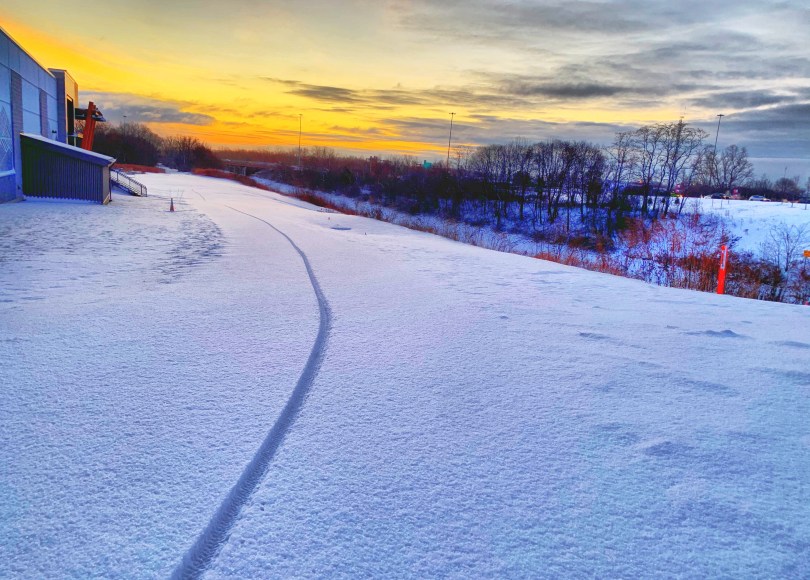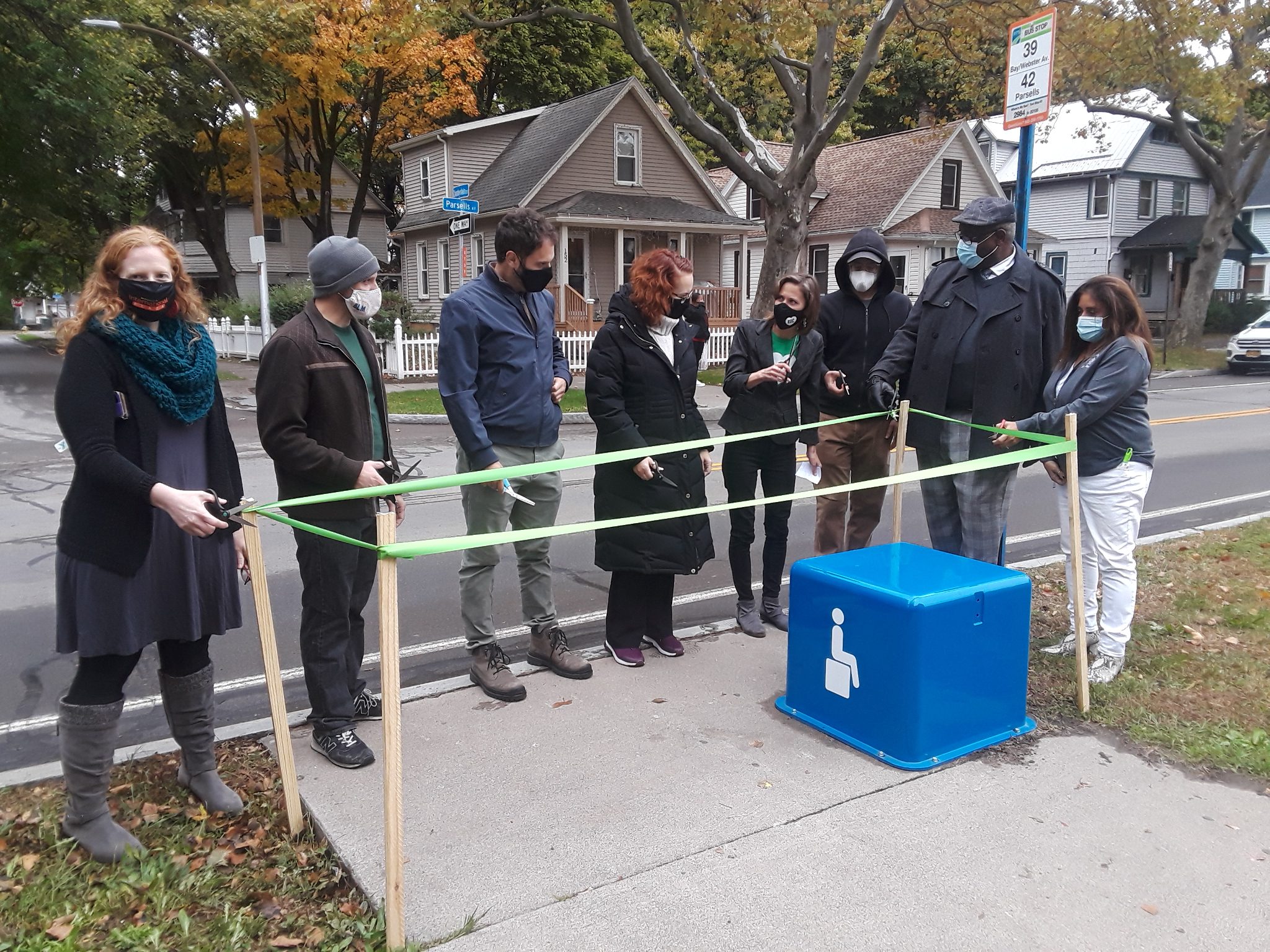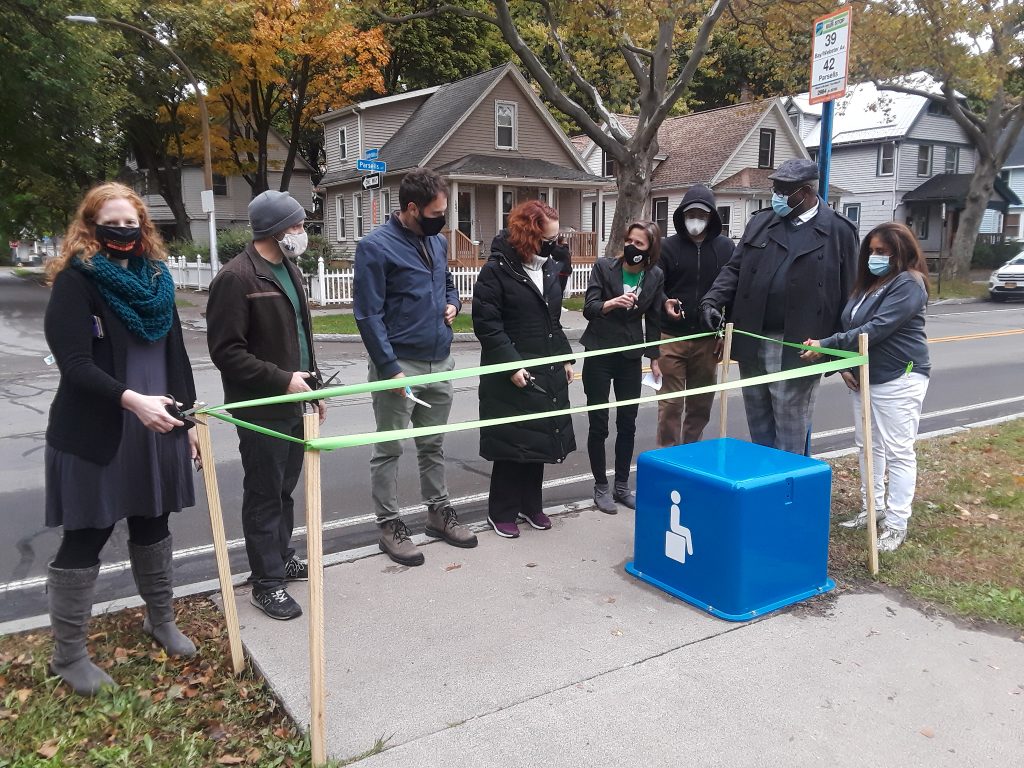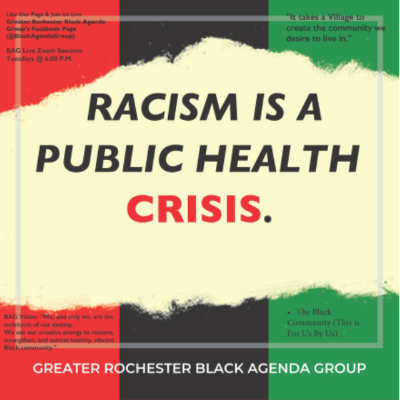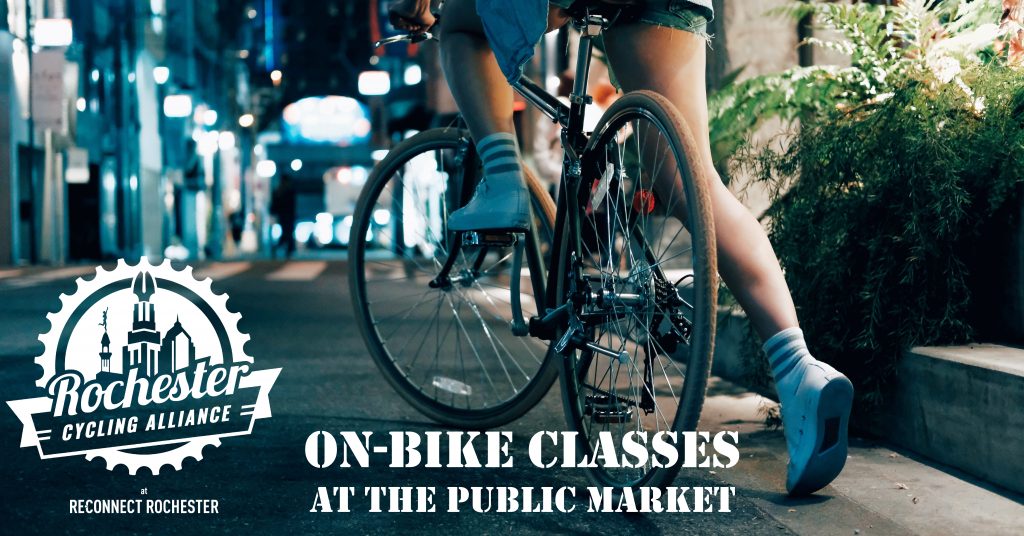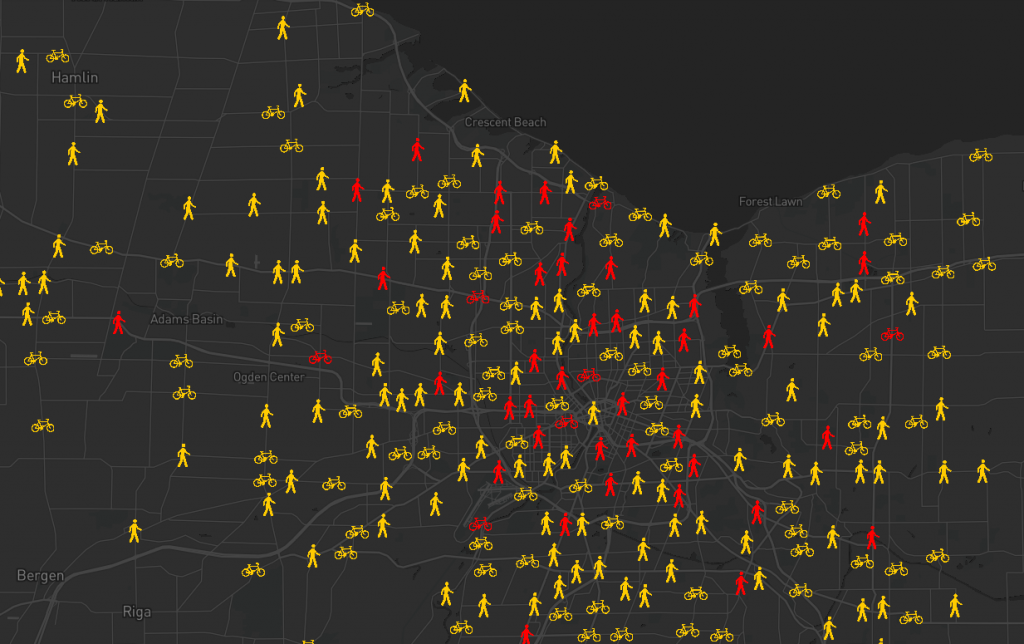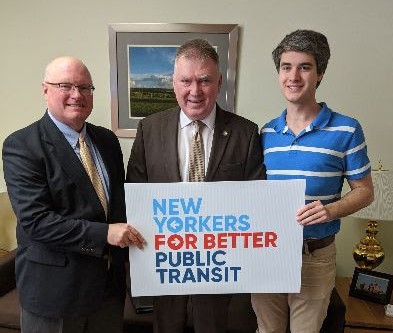The cycling season in Rochester continues with Bike Week 2022, spanning two consecutive weekends from May 13 to 22 and offering cycling events for all ages and levels of expertise.
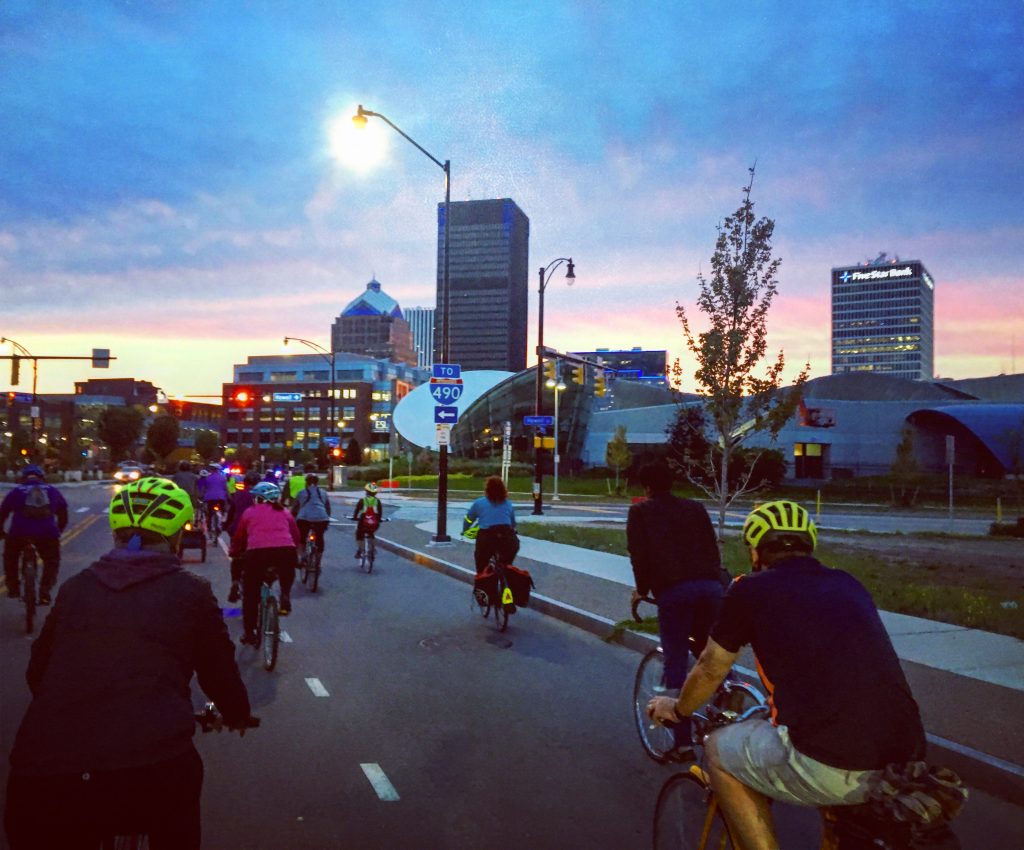
The purpose is to celebrate biking in Rochester and expand the use of bikes as practical, daily transportation. With many people taking up biking during the pandemic, Bike Week welcomes new riders and demonstrates the great community and infrastructure available to cyclists in Rochester.
Bike Week is put together by Reconnect Rochester but is truly a grassroots effort in that each event is organized individually. Information for the rides is below, along with a specific contact for each ride.
Friday, May 13
7:45pm: Light Up the Night Ride (131 Elmwood Ave)
This fun ride to kick off Bike Week begins after sundown and cyclists are encouraged to light up their bikes with glow sticks and bike lights. Gather at the Genesee Valley Sports Complex parking lot after 7pm; kickstands up around 7:45pm. The ride then proceeds through city streets and some trails, at a slow but enjoyable pace. Total distance 11 miles, but there will be shorter loops of 2-5 miles for younger cyclists as well. Dress warm and bring an extra layer for when the temperature creeps down after dark. Contact: Jesse Peers, jesse@reconnectrochester.org
Saturday, May 14
9:00am-2:00pm: Bike Sale (10 Flint Street)
R Community Bikes will have a good selection of ready-to-go bikes along with a huge selection of “project bikes” that need some TLC. They have no children’s bikes or 24″ bikes. Payment can be made by cash, PayPal or checks. Please note that this sale is at their Flint Street location, NOT their Hudson Ave location.
10:00am: George Eastman Bike Tour (900 East Avenue)
See Rochester in a new way. A nod to George Eastman’s own love of cycling, the George Eastman Bike Tour will take you to ten different locations related to the life and work of this pioneer of popular photography and famous Rochesterian. You will see buildings and sites that shaped Eastman’s life—or were in turn shaped by him. $25. Must register and pay beforehand to participate: eastman.org/biketours
Sunday, May 15
10:00am-11:30am: ROC Freedom Riders Kick Off Ride (East High School, 1801 E. Main Street)
Join ROC Freedom Riders for its 2022 season kick-off ride to support a new Black-owned fitness center founded by ROC Freedom Riders captain, Lakeisha Smith, owner of Inspired By Fitness. Meet at East High School parking lot for a ride around the neighborhood. This ride includes a tour of Inspired By Fitness and a fun warmup/cooldown activity facilitated by Lakeisha Smith. Contact: RocFreedomRiders@gmail.com
10:30am: Sunday Funday (Dr. Martin Luther King, Jr. Memorial Park at Manhattan Square, 353 Court Street)
Join Rochester Bicycle Time! for a leisurely cruise around our fine city during Bike Week. Explore fun hidden spots that will give you a different perspective on Rochester and possibly learn some history as well. Meetup at the park water fountain at 10:30am and rollout at 11am. Contact: Bryan Agnello bagnello@gmail.com
Monday, May 16
Nothing currently scheduled. Check back closer to this date for any updates!
Tuesday, May 17
7:30am-9:00am: Bike to Work Day Pit Stop, University of Rochester edition (Elmwood cycletrack, across from the main hospital entrance)
Our region’s largest employer is a wonderful bike destination! Situated along the Genesee River and near the Erie Canal, you’re sure to encounter some scenic spots along your route. The University of Rochester earned a silver “Bicycle Friendly University” award in 2018 and had Rochester’s most used bikeshare station during Pace’s tenure. To thank people cycling to the River and Medical campuses on May 17, they will have snacks to share in a safe manner. Swing by, fuel up, and talk cycling with their staff and Reconnect Rochester volunteers. Contact: Tracey Austin, taustin7@parking.rochester.edu
6:00pm-8:30pm: On-Bike Smart Cycling Class, presented by Reconnect Rochester (Public Market, 280 N. Union St)
Many people like the idea of biking more, but don’t feel safe mixing with traffic. In this class, students will learn the rules of the road and proper roadway position. We’ll examine safe cycling techniques and ways to make cycling easier and more enjoyable. The class will incorporate classroom learning, parking lot maneuvering drills and a short group ride navigating different traffic scenarios together. Cost: $25 per person. Must register and pay beforehand to participate.
Wednesday, May 18
7:00pm: National Ride of Silence (Liberty Pole, Liberty Pole Way)
Join Black Girls Do Bike Rochester and Monroe County cyclists in a silent procession to honor cyclists who have been killed or injured while cycling on public roadways. This slow 8-mile ride with a police escort aims to raise the awareness of motorists, police and government officials that cyclists have a legal right to the public roadways. Registration starts at 5:30pm. Ride will commence around 7pm after ceremony. Contact: Kecia McCullough BGDBRochNY@gmail.com
Thursday, May 19
6:45pm: Rochester Bicycle Time! (Parcel 5, 285 E. Main Street)
RBT’s mission is simple: All riders, regardless of skill level. They meet at Parcel 5 every Thursday around 6:30pm and start rolling at 7pm. Expect a relaxed cruise around the City with an improvised route. This ride is a great way to know how to get around by bike. Contact: Bryan Agnello bagnello@gmail.com
Friday, May 20
6:30am-10:00am Bike to Work Day pit stop (Union Street cycletrack at East Avenue)
If you’ve never tried biking to work, this is the day! Rochesterians are very fortunate to have an average 4.1-mile commute to work, which is about 25 minutes by bike at a casual pace. To thank people cycling to work on May 20th, Reconnect Rochester will have munchies to share and celebrate those who get to work on two wheels. Swing by, fuel up, and talk cycling with our dedicated volunteers. Contact: Jesse Peers, jesse@reconnectrochester.org
Saturday, May 21
MVP Health Care Rochester Twilight Festival
The MVP Health Care Rochester Twilight Criterium is back! This is the second race of the all new American Criterium Cup in the heart of beautiful downtown Rochester. Bring the family downtown for relentlessly high-paced racing on a short closed loop course that gives spectators plenty of access to the action! Grab a beer from the Rohrbach Beer Garden and grub from the array of Food Trucks! Details: rochestercrit.com
**Saturday, May 28** (postponed from 22nd)
10:00am-1:00pm Keeping It Classy Cycling Club’s Flower Pedal Populaire (Roundhouse Shelter, Genesee Valley Park)
Don your favorite outfit, decorate your bike, and pack up your picnic baskets! Meetup at the Genesee Valley Roundhouse shelter at 10am for coffee and a gracious welcome. Kickstands up at 11am for a short, leisurely group ride. Bring your mom and dad. Bring your Grammy and Grandpa. Bring the kids and dog! Just remember to keep it classy! Contact: Dan Slakes, danos.711@gmail.com
